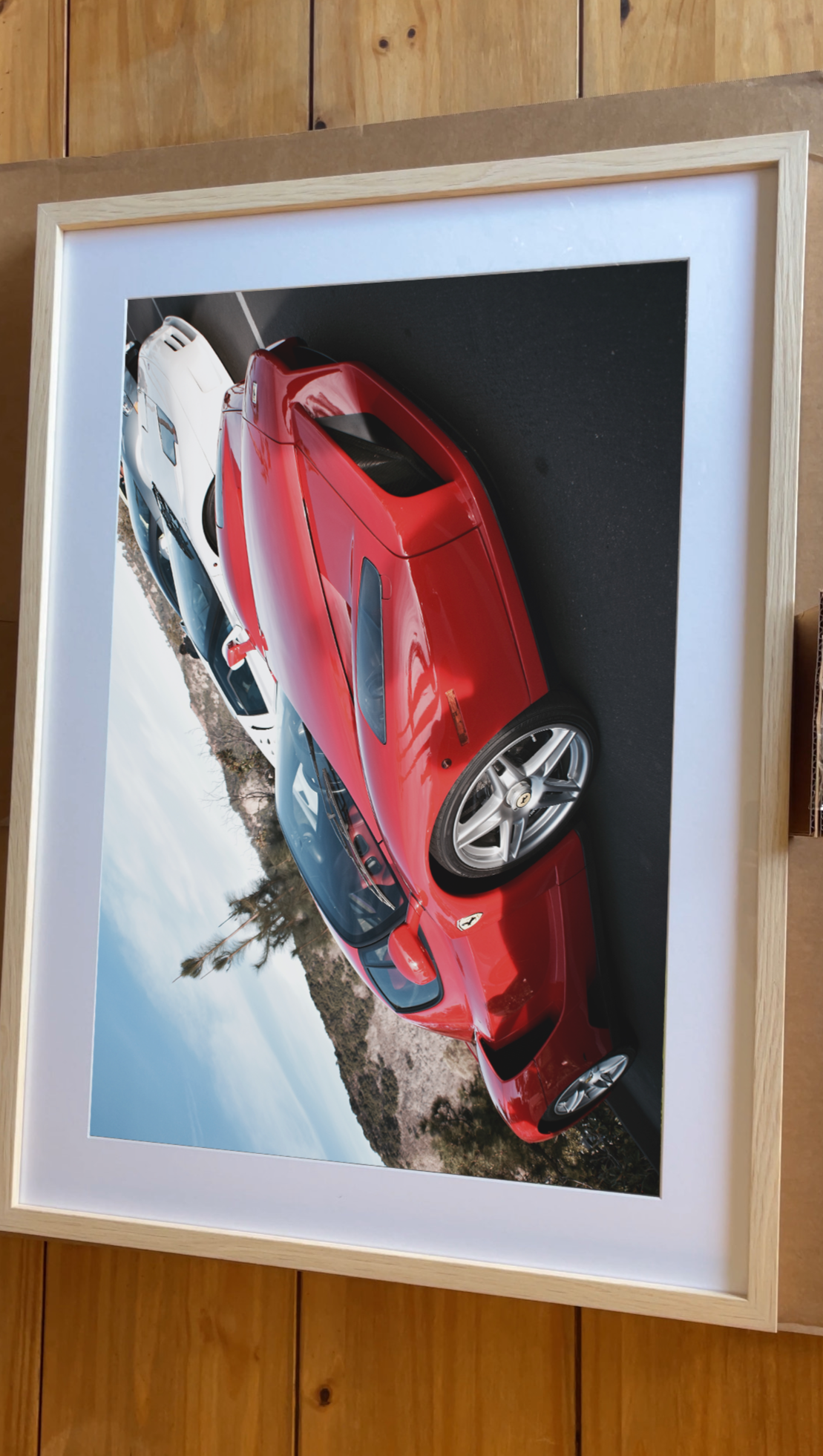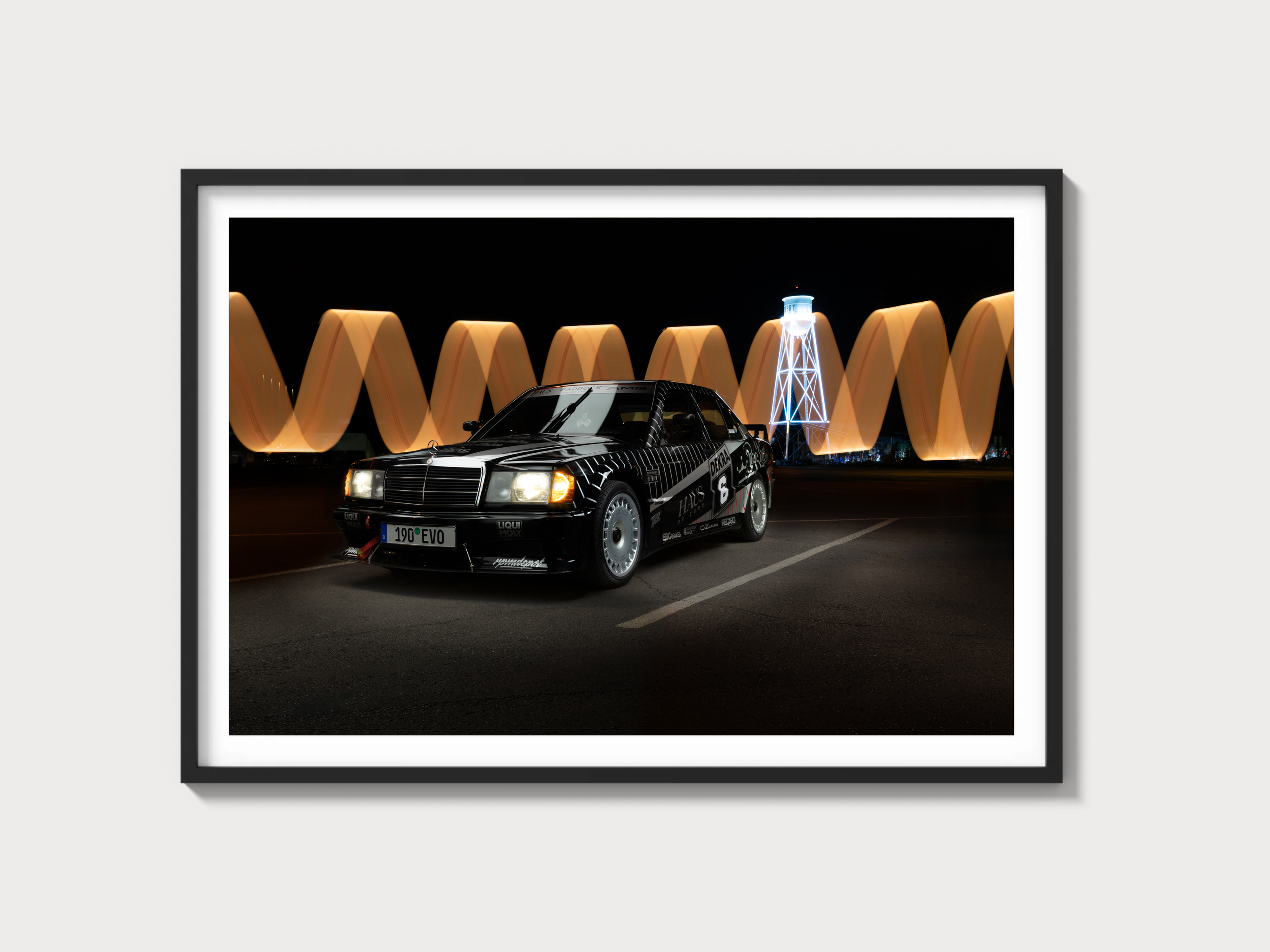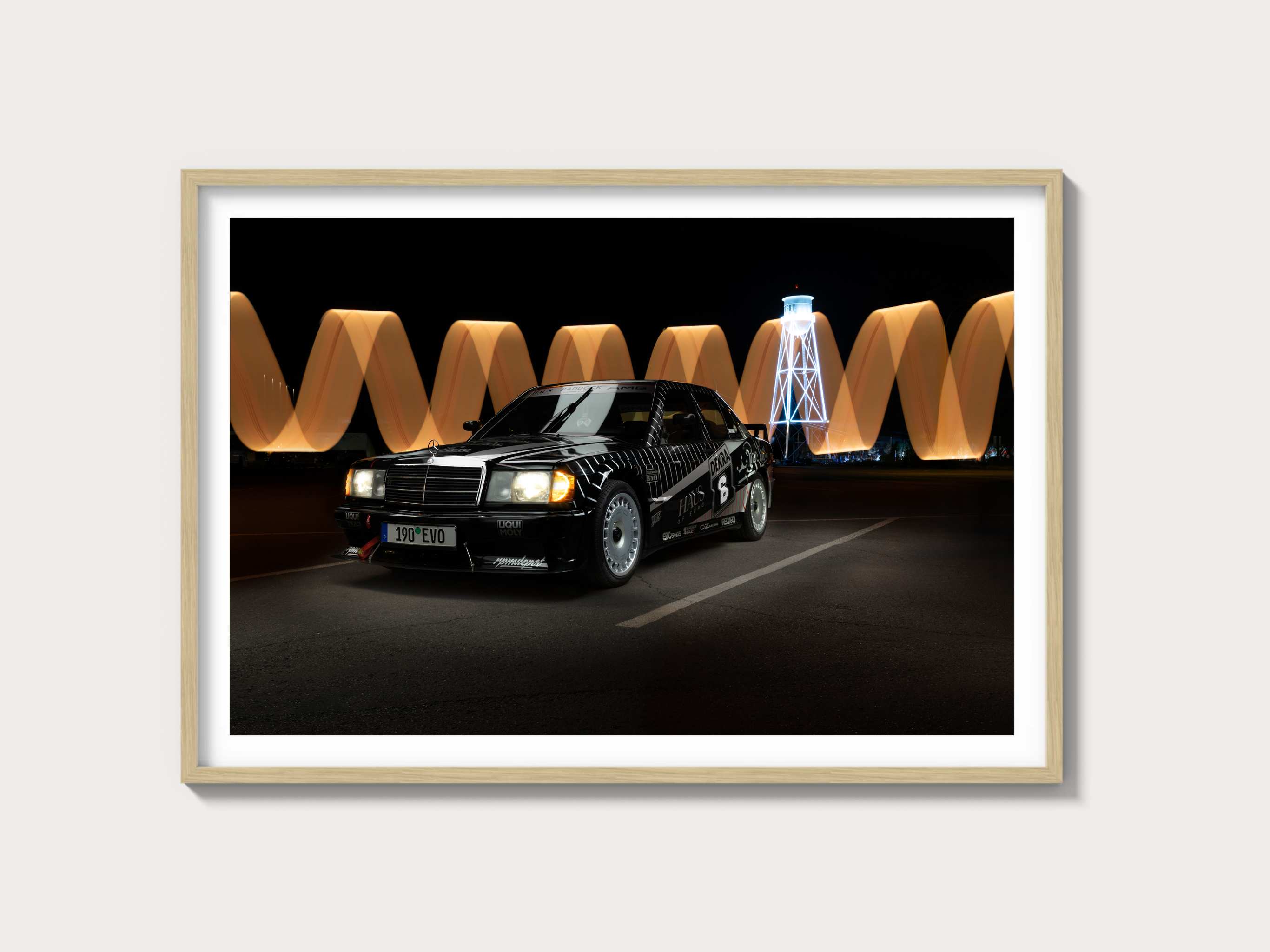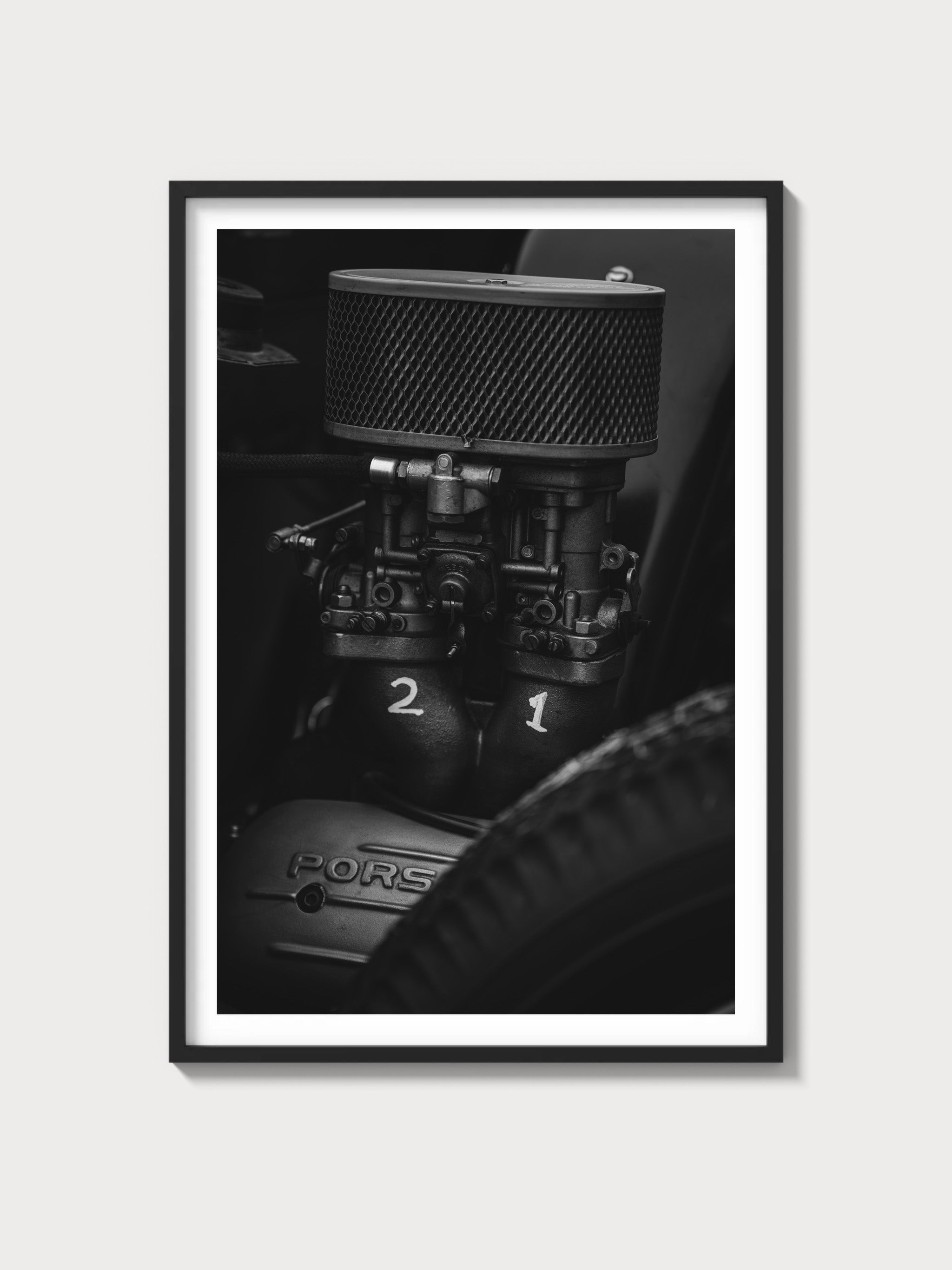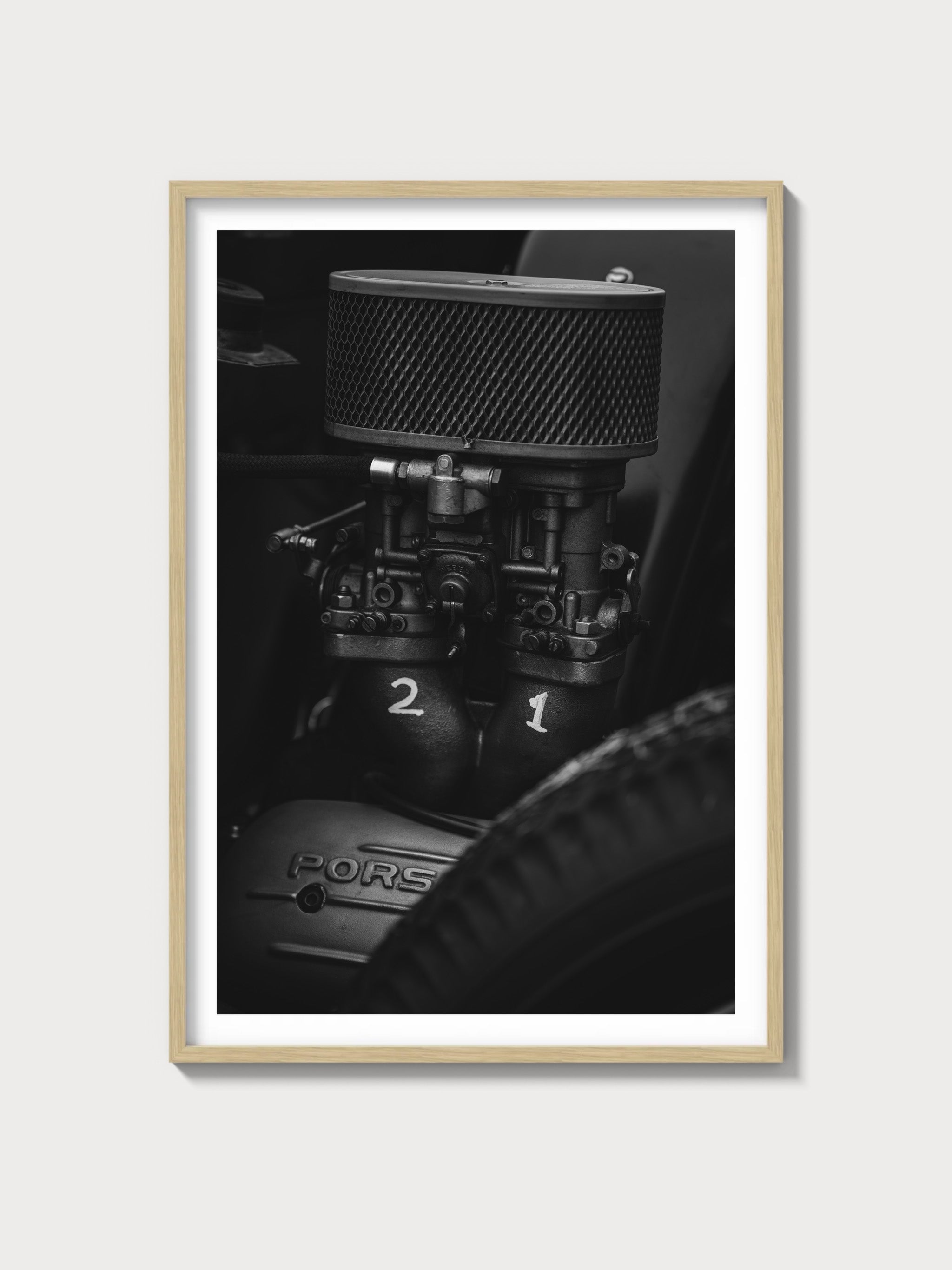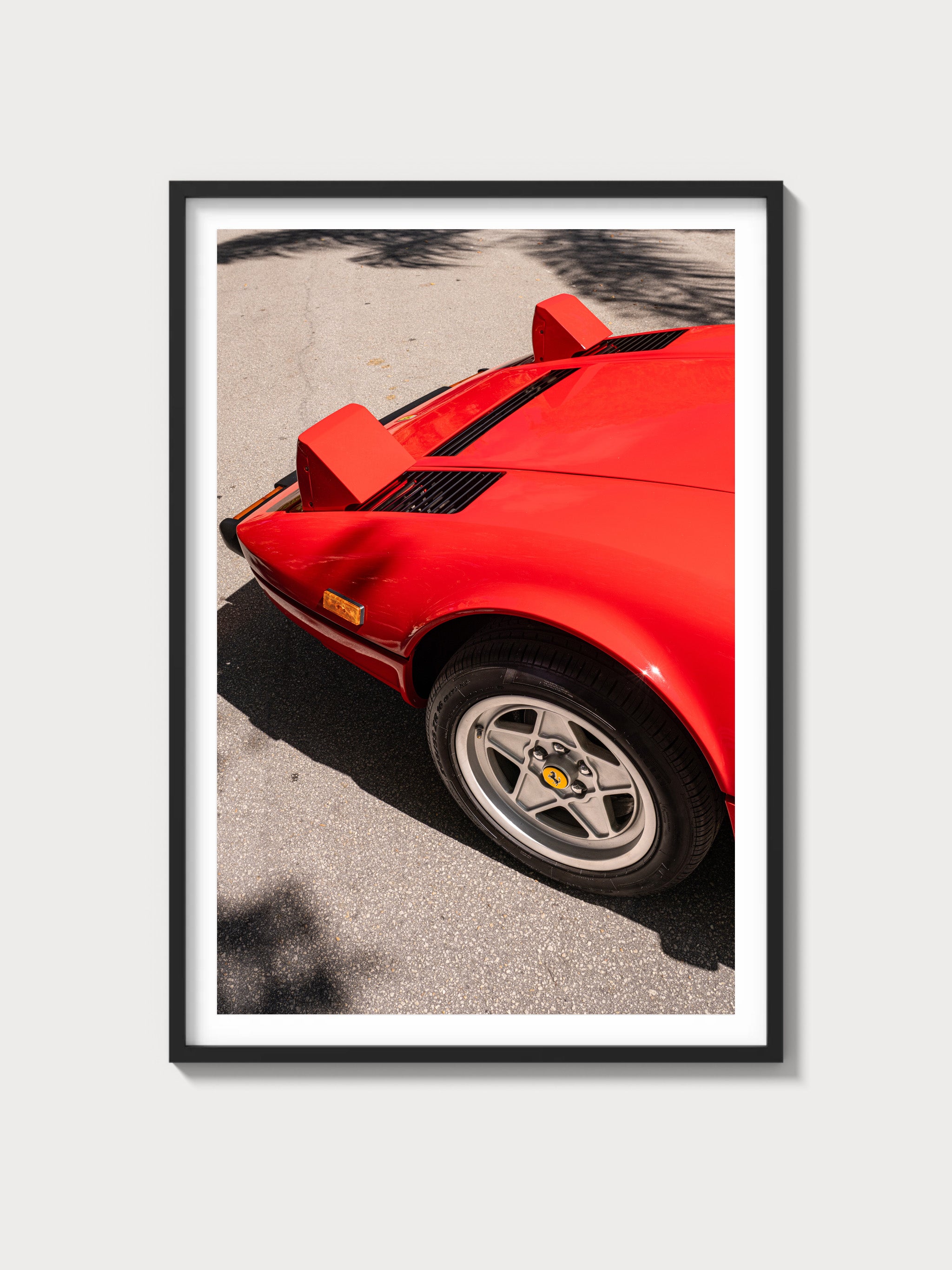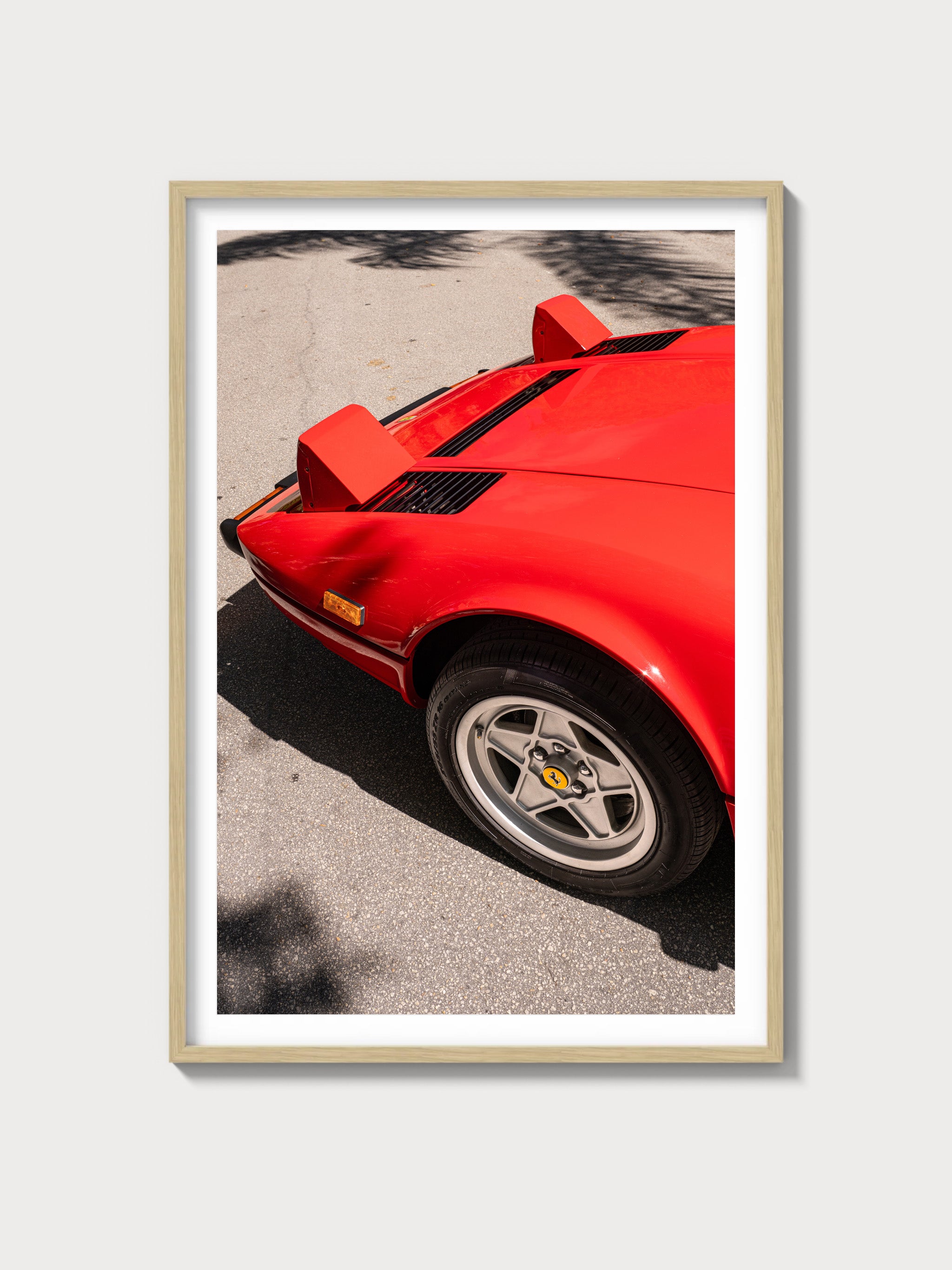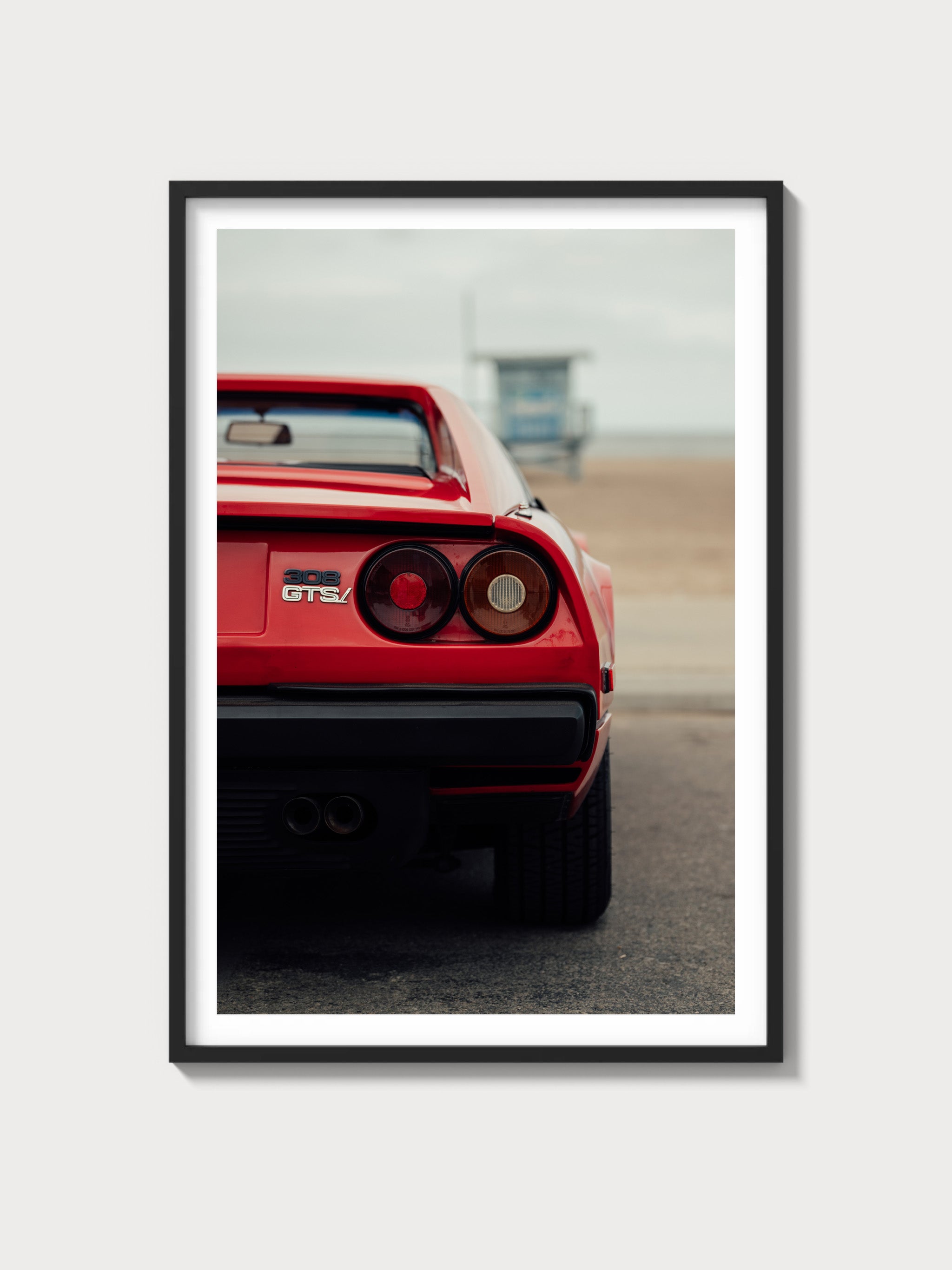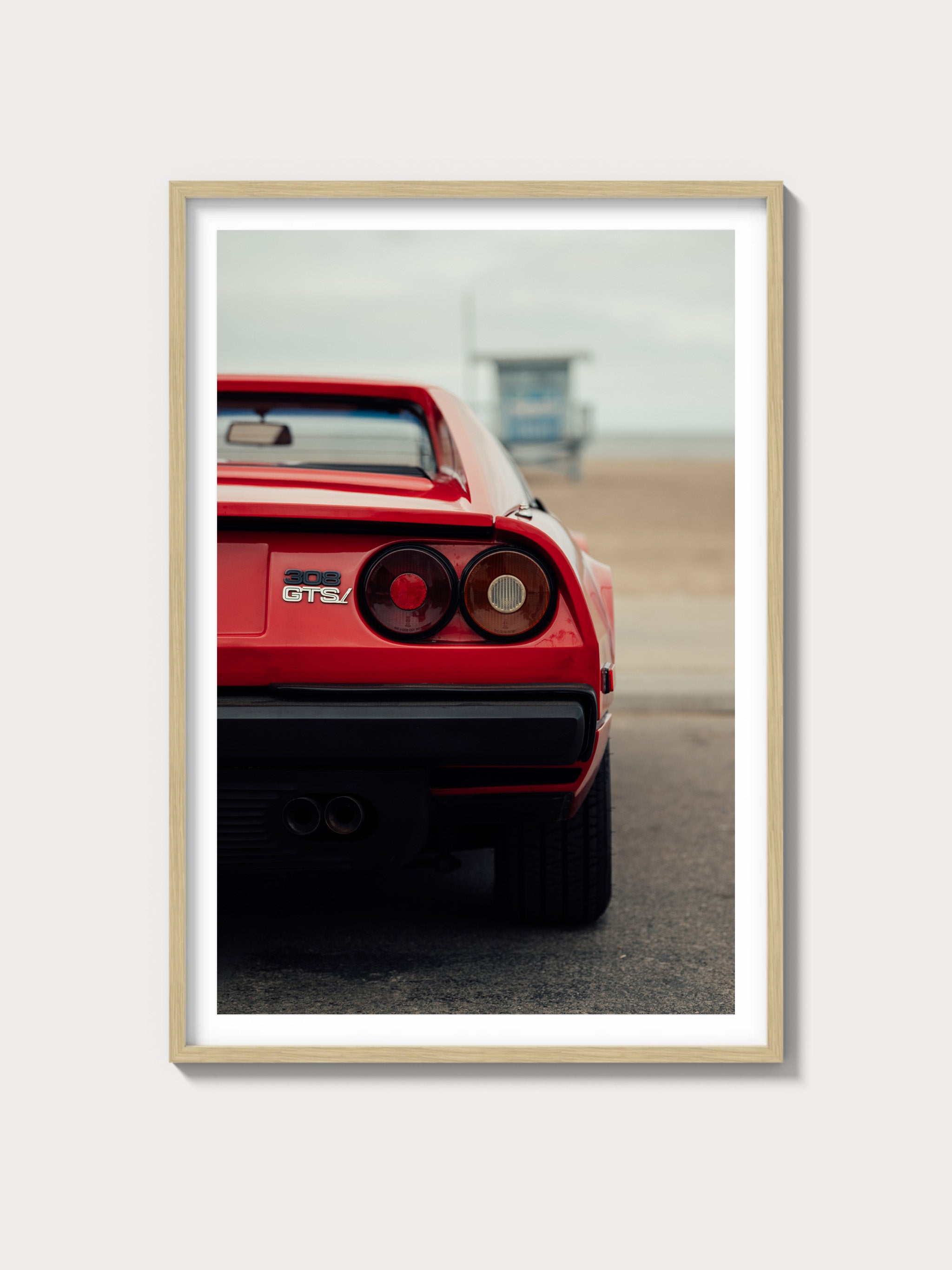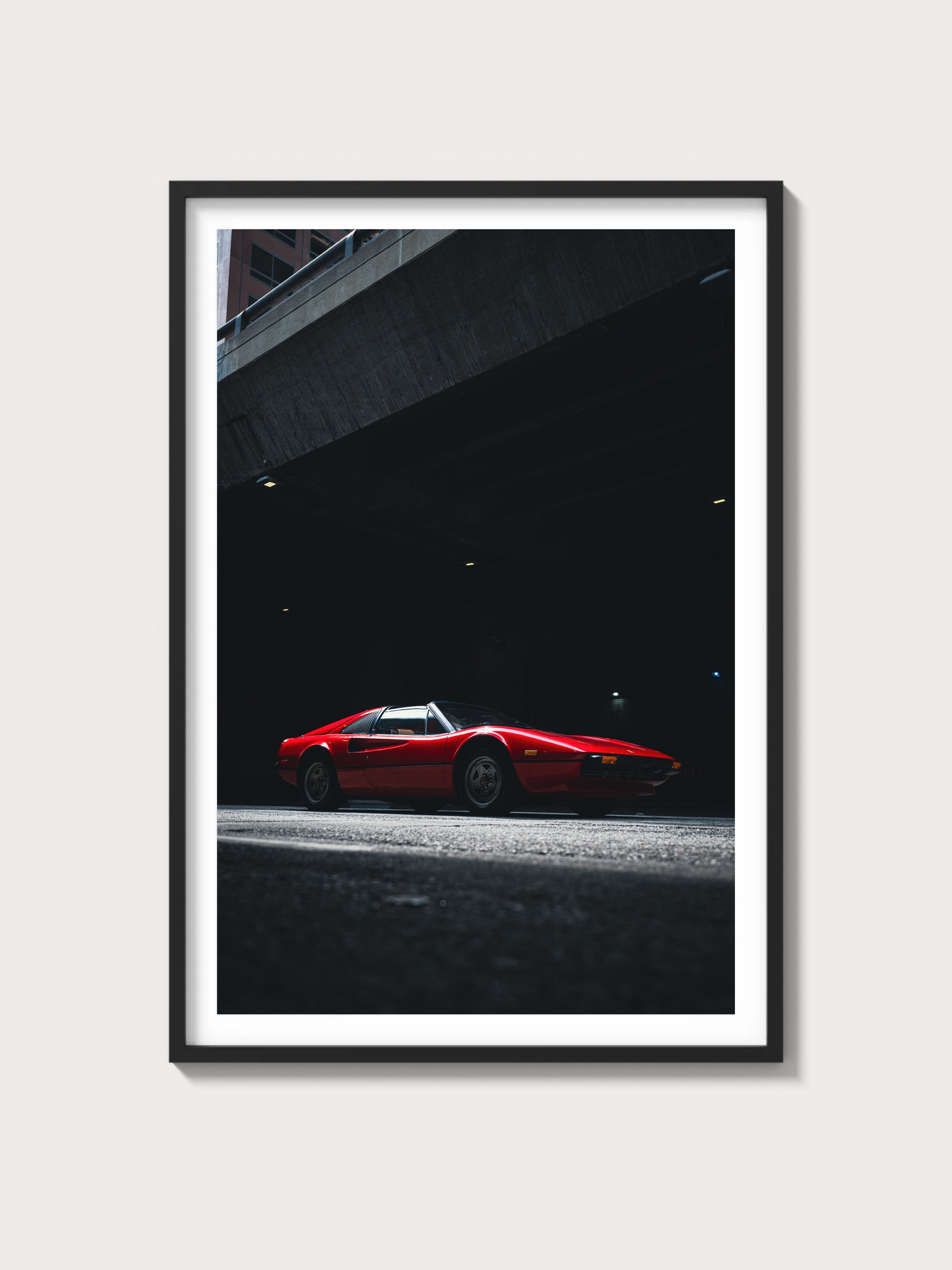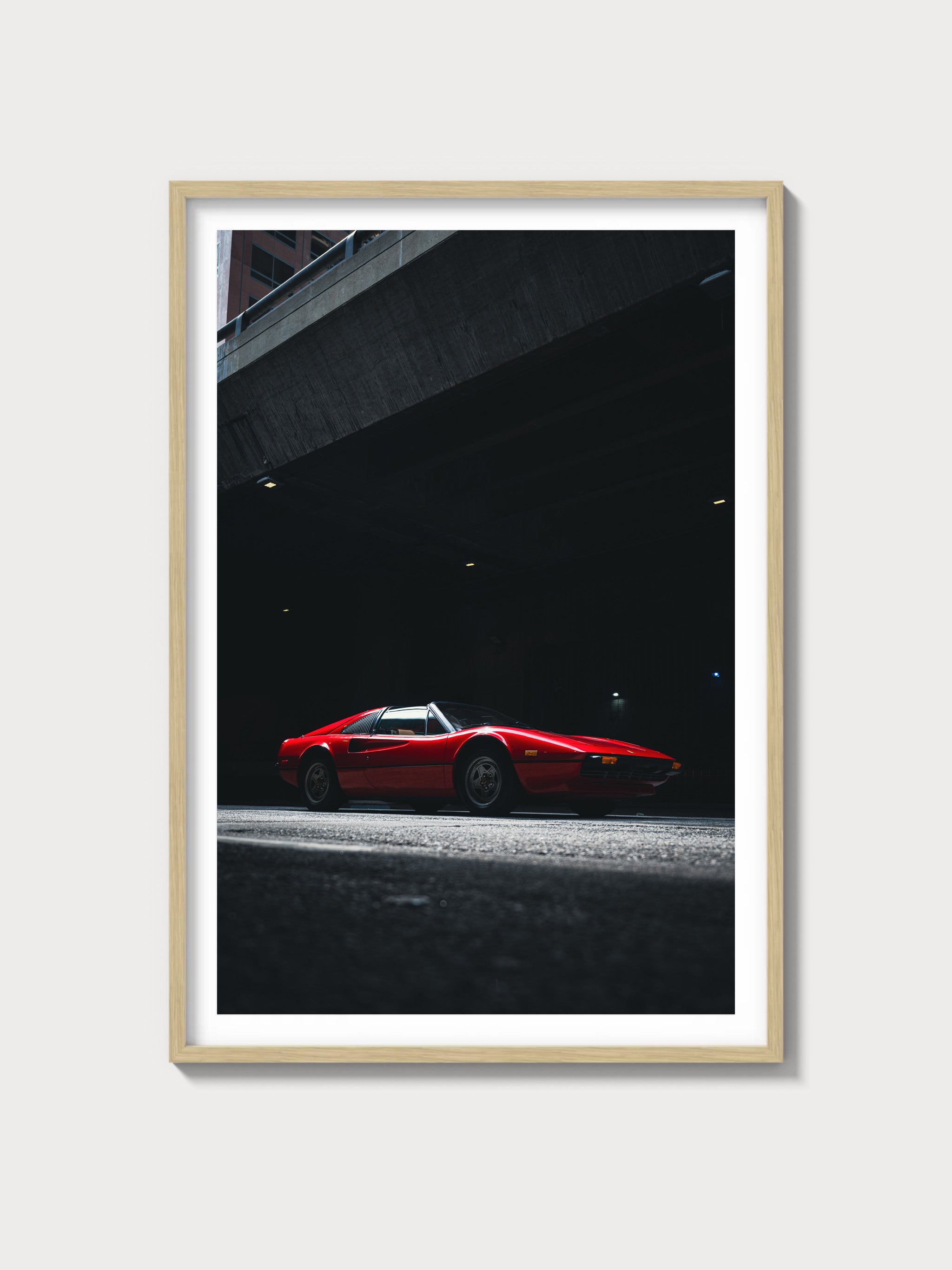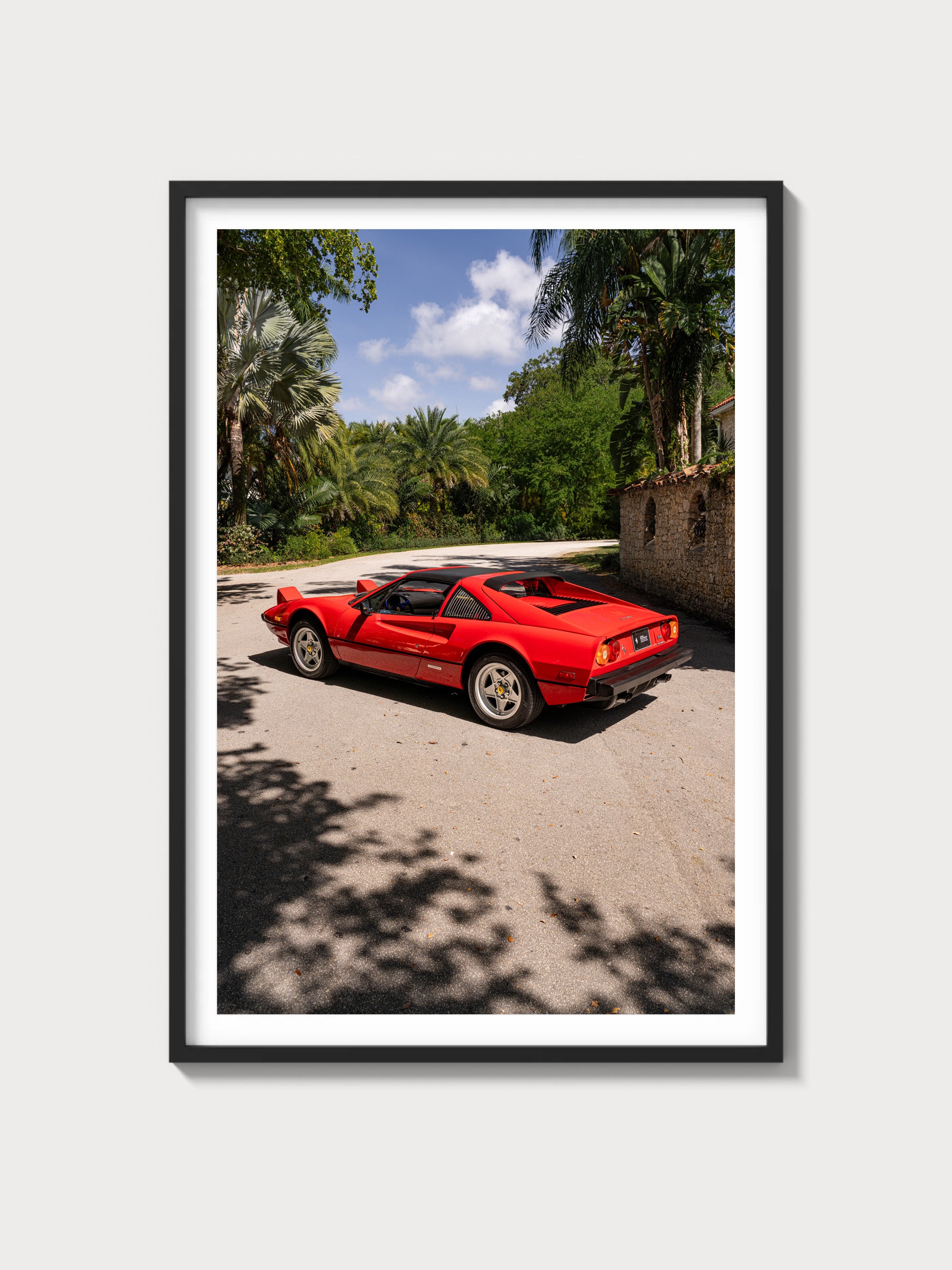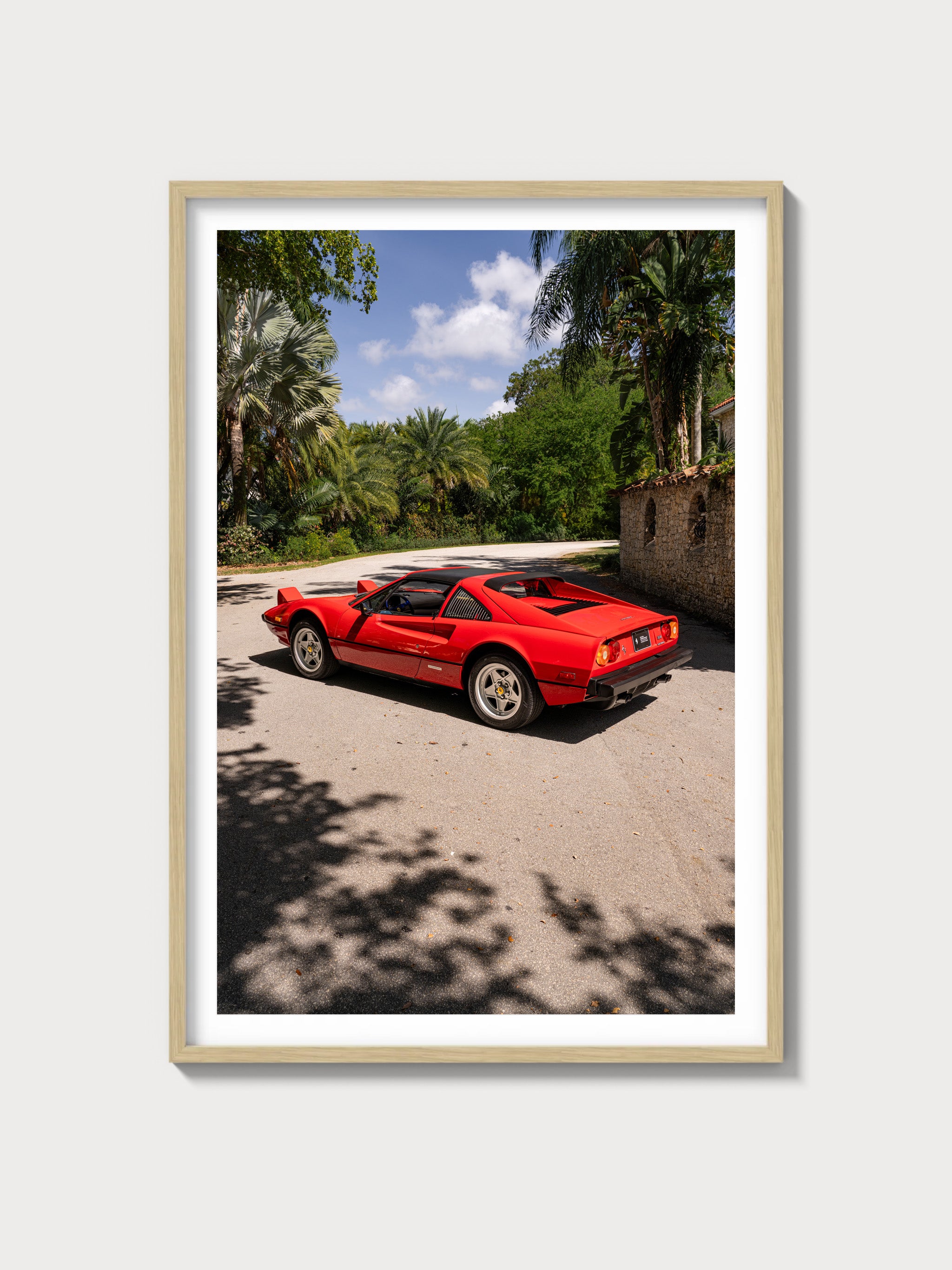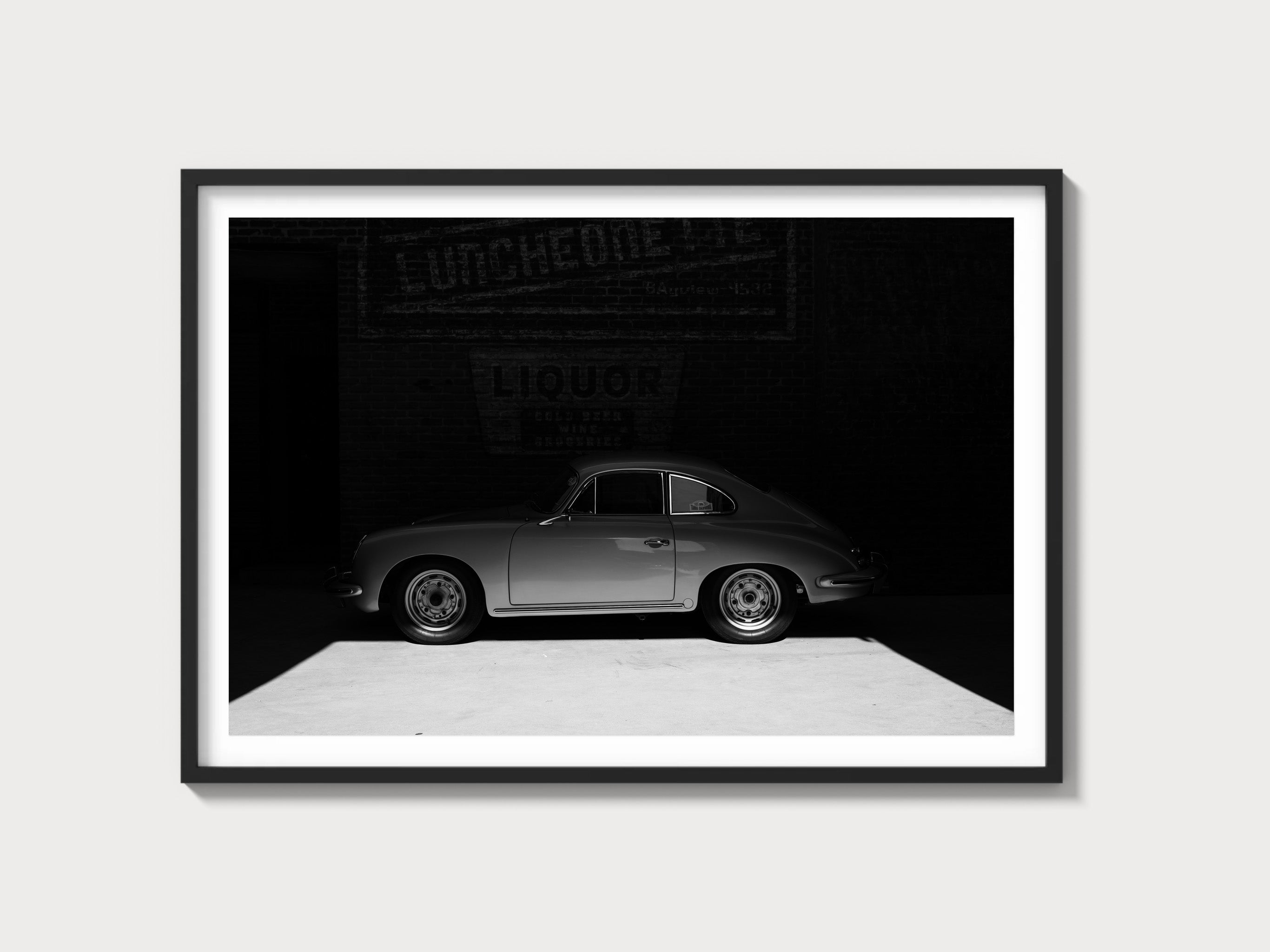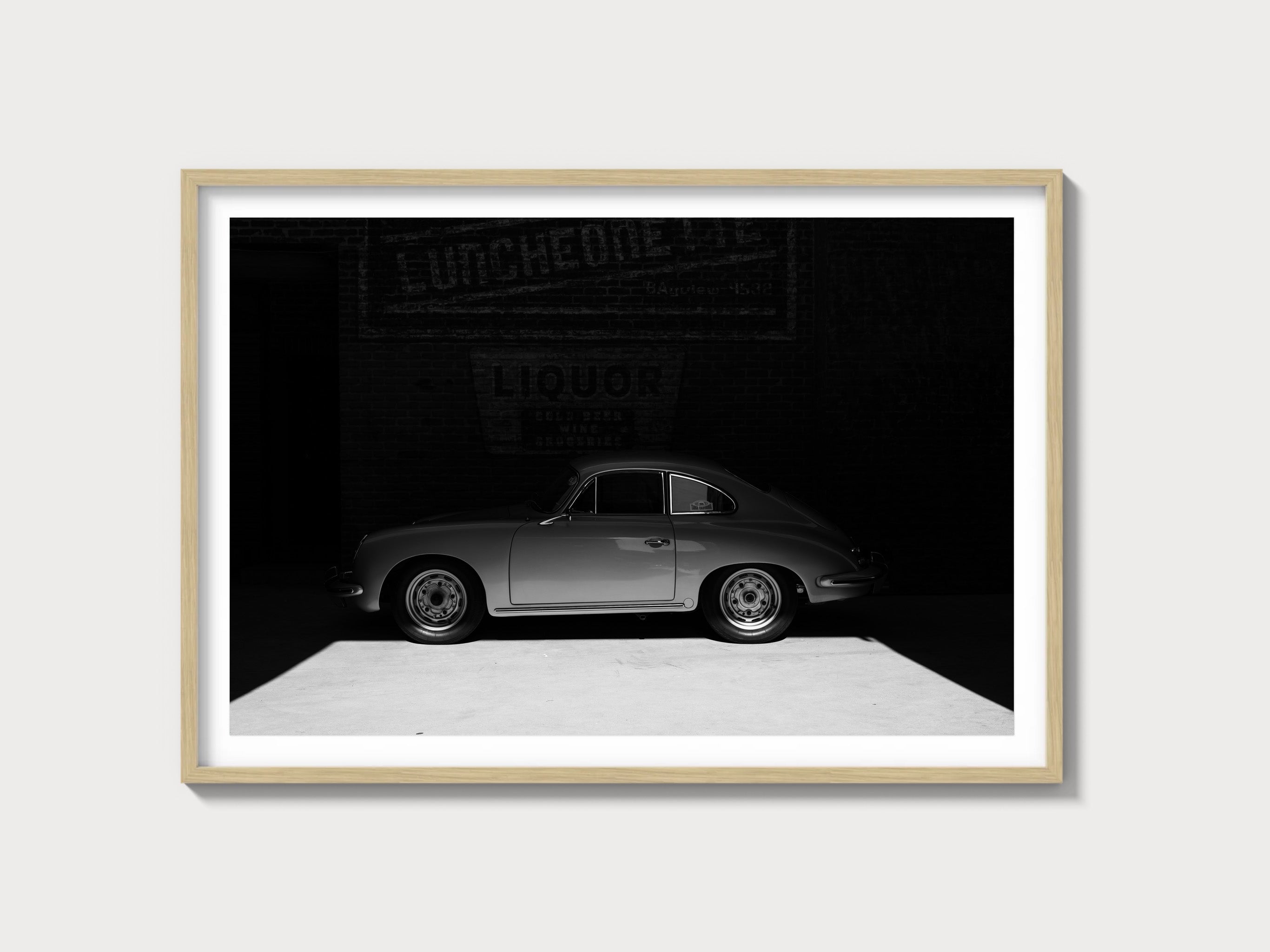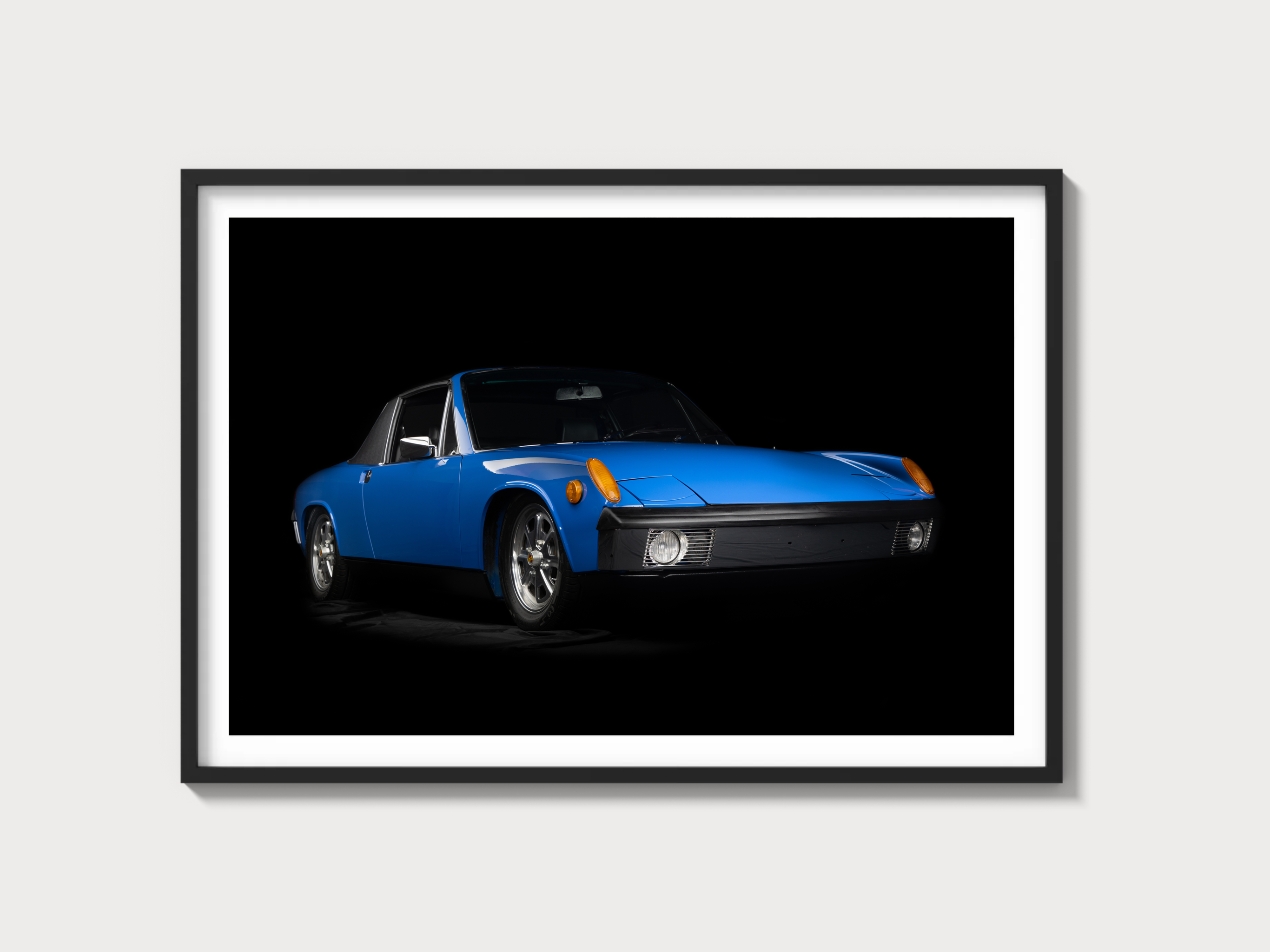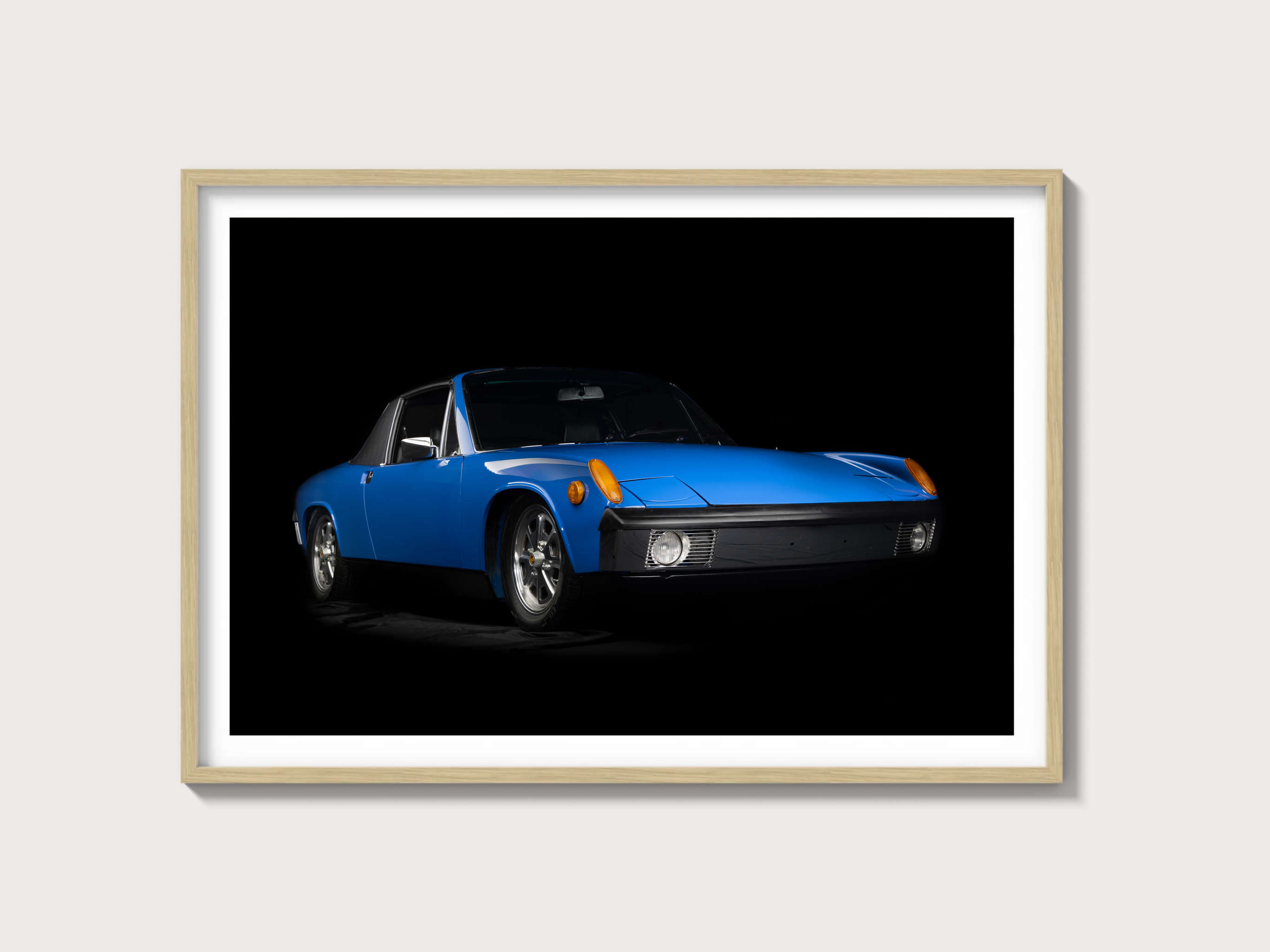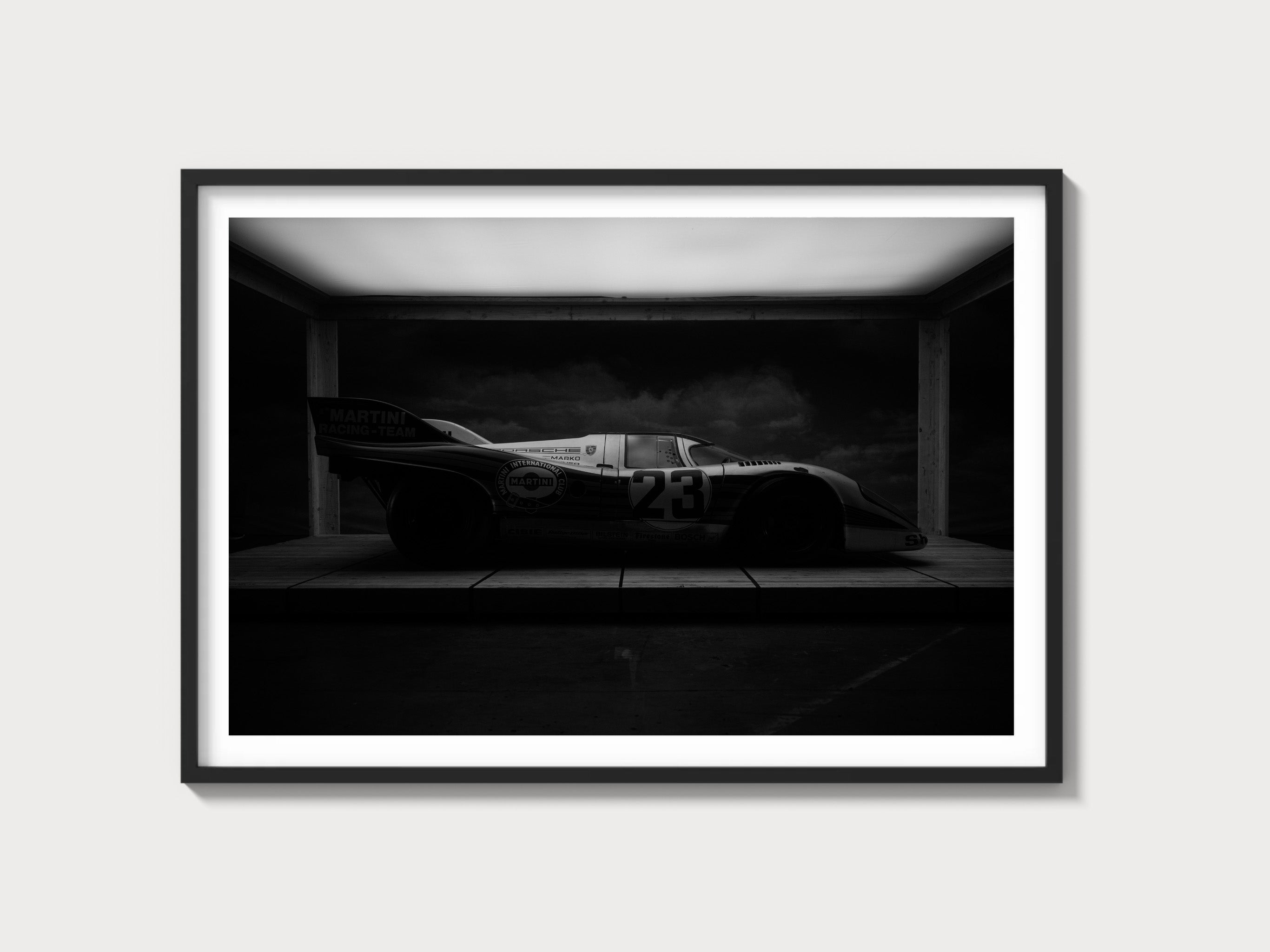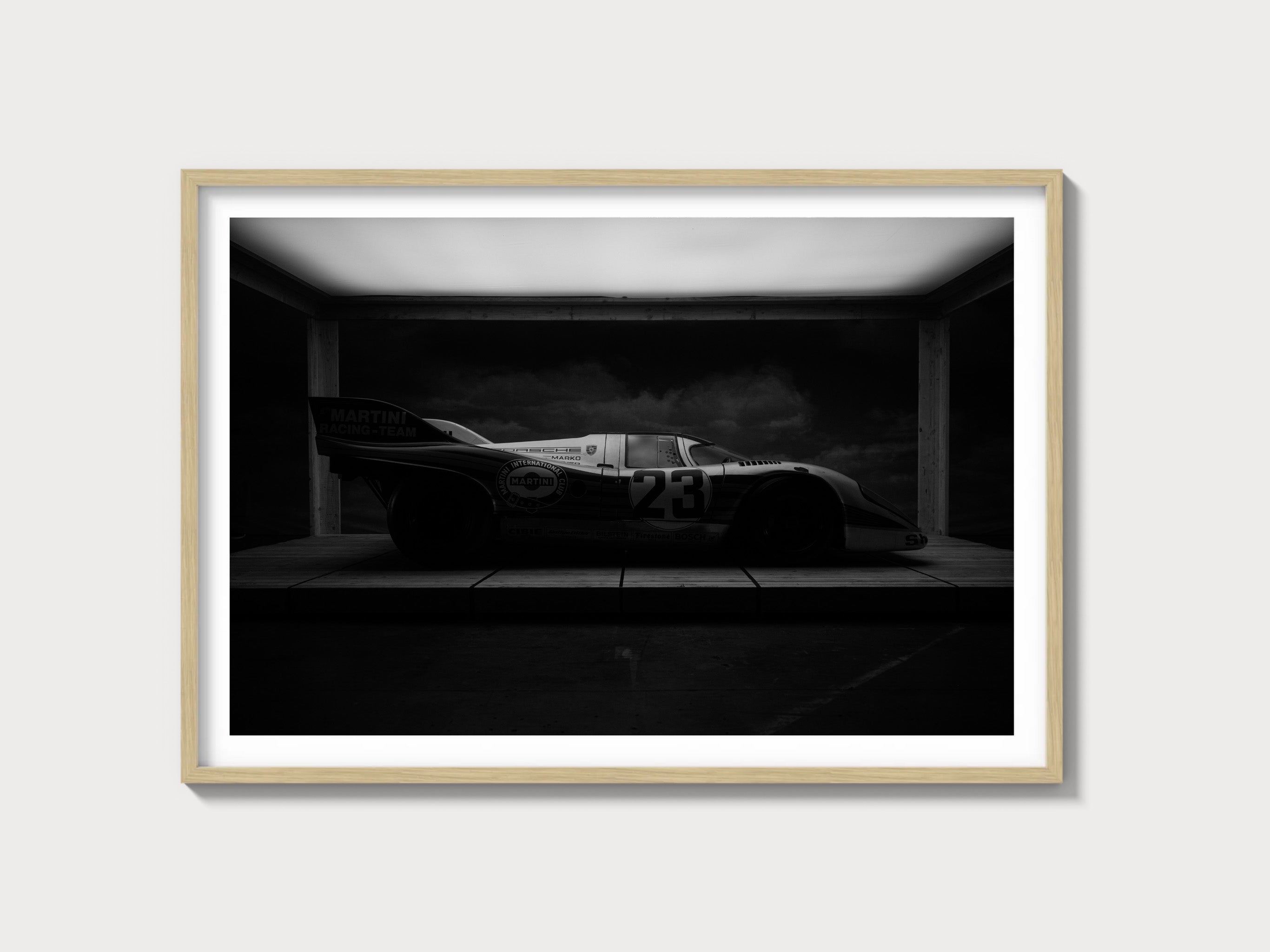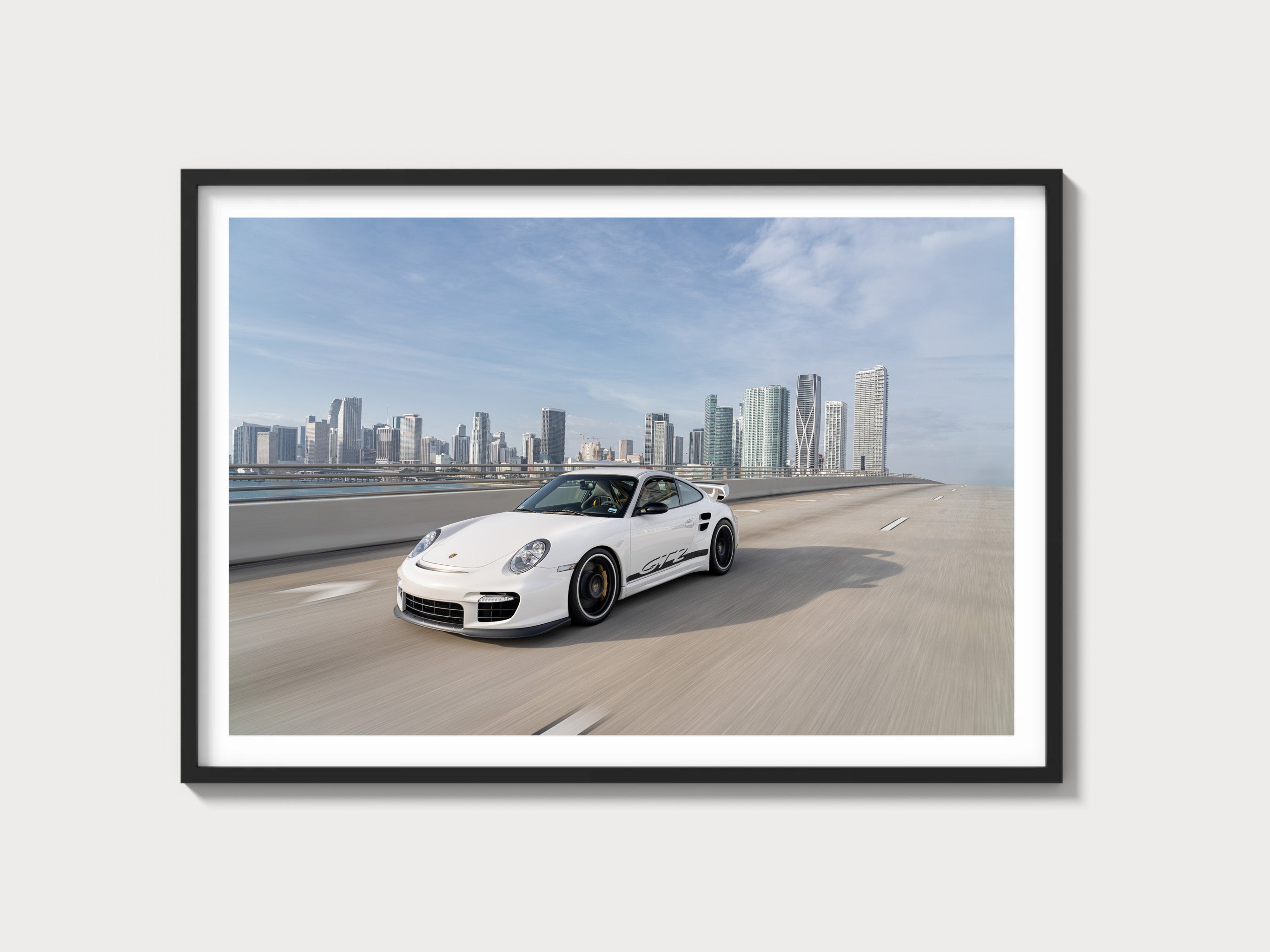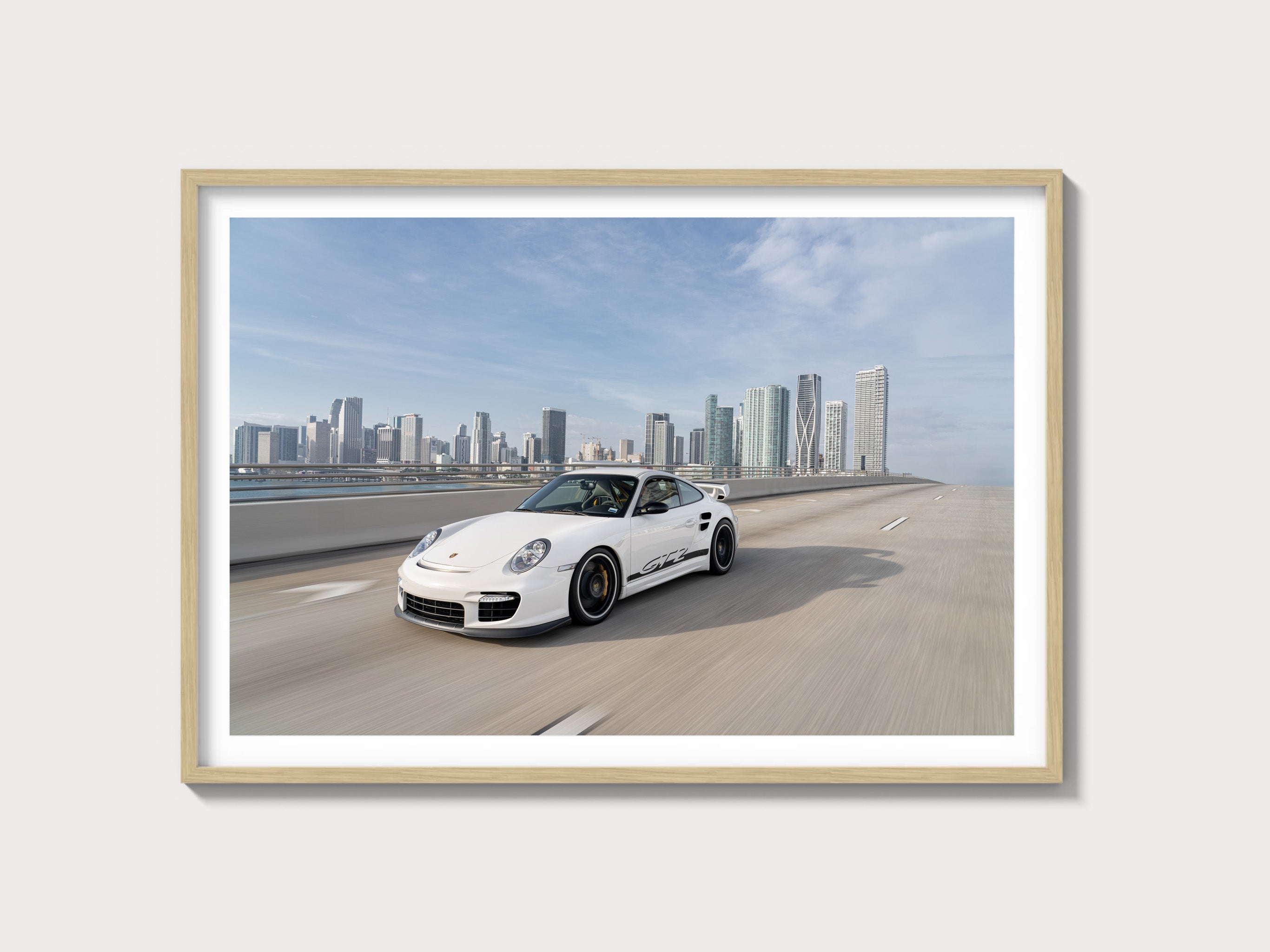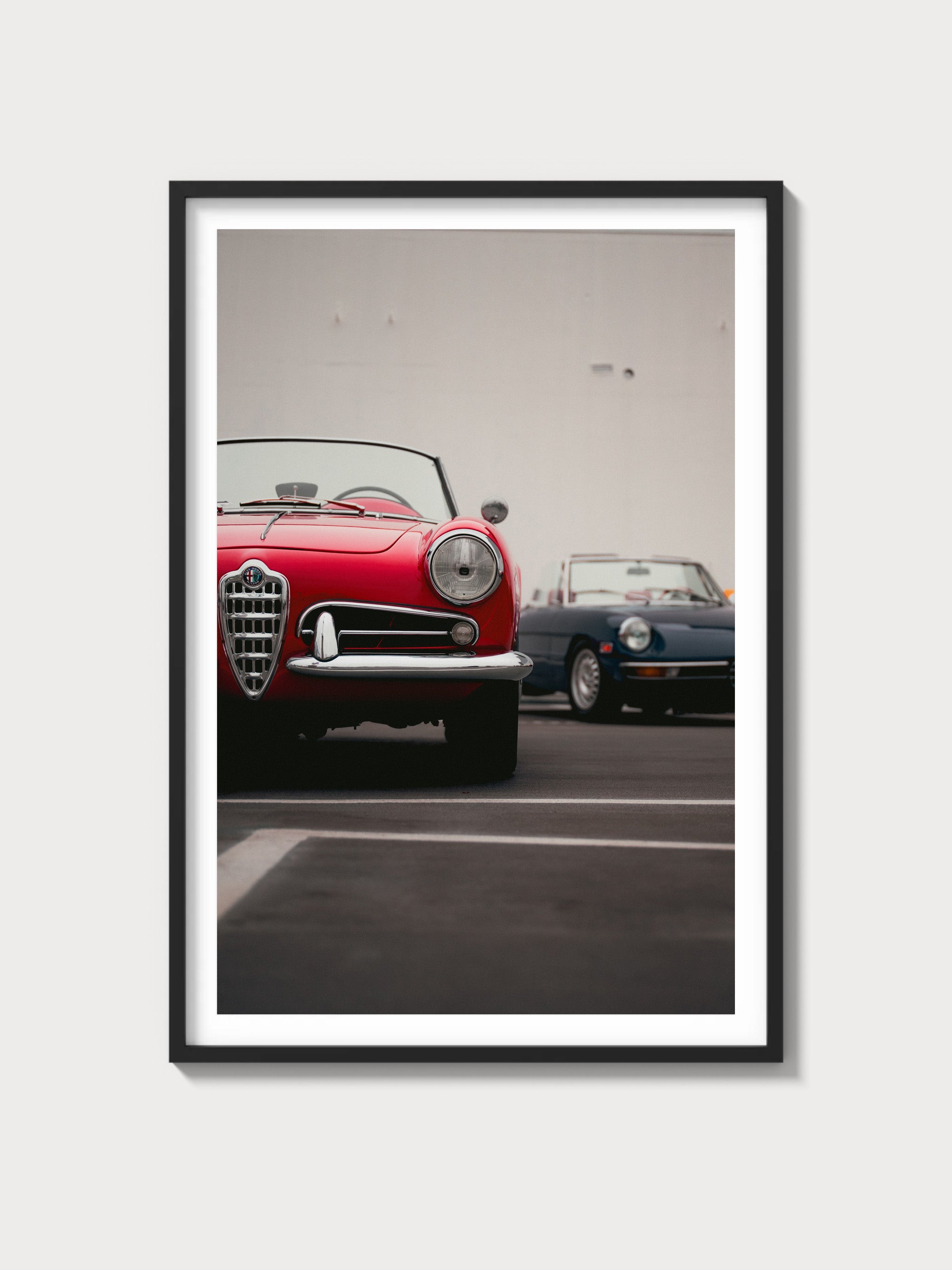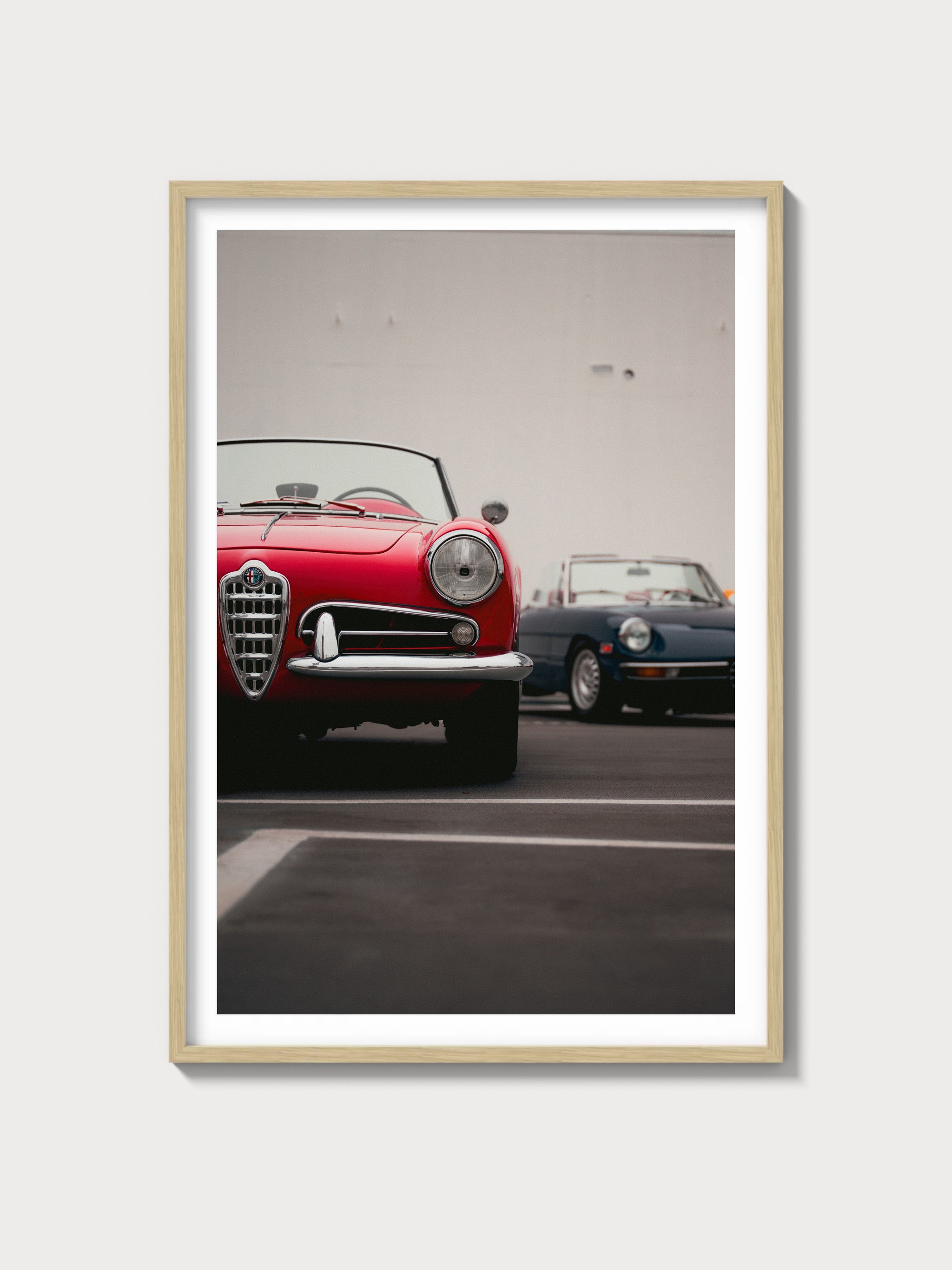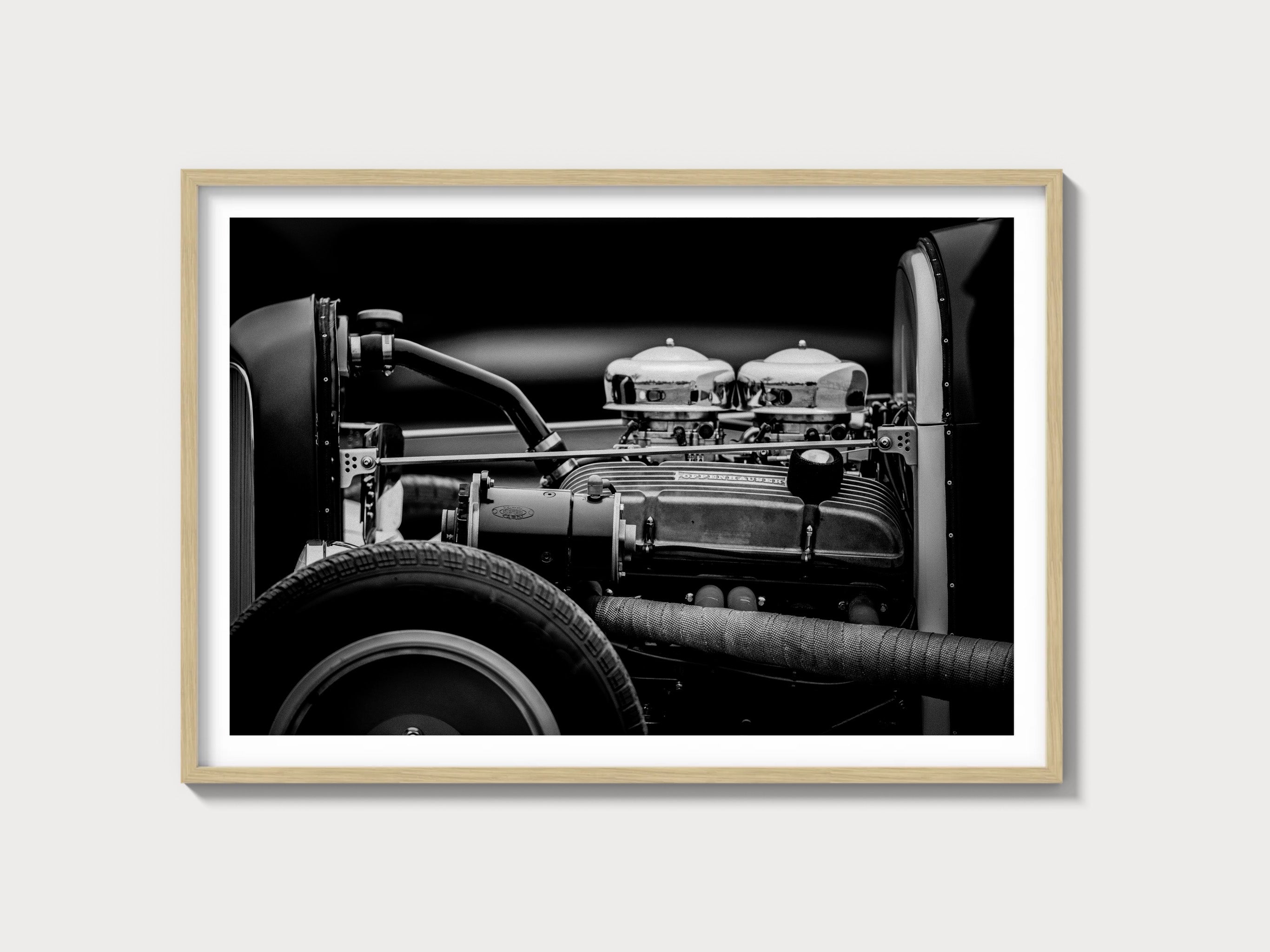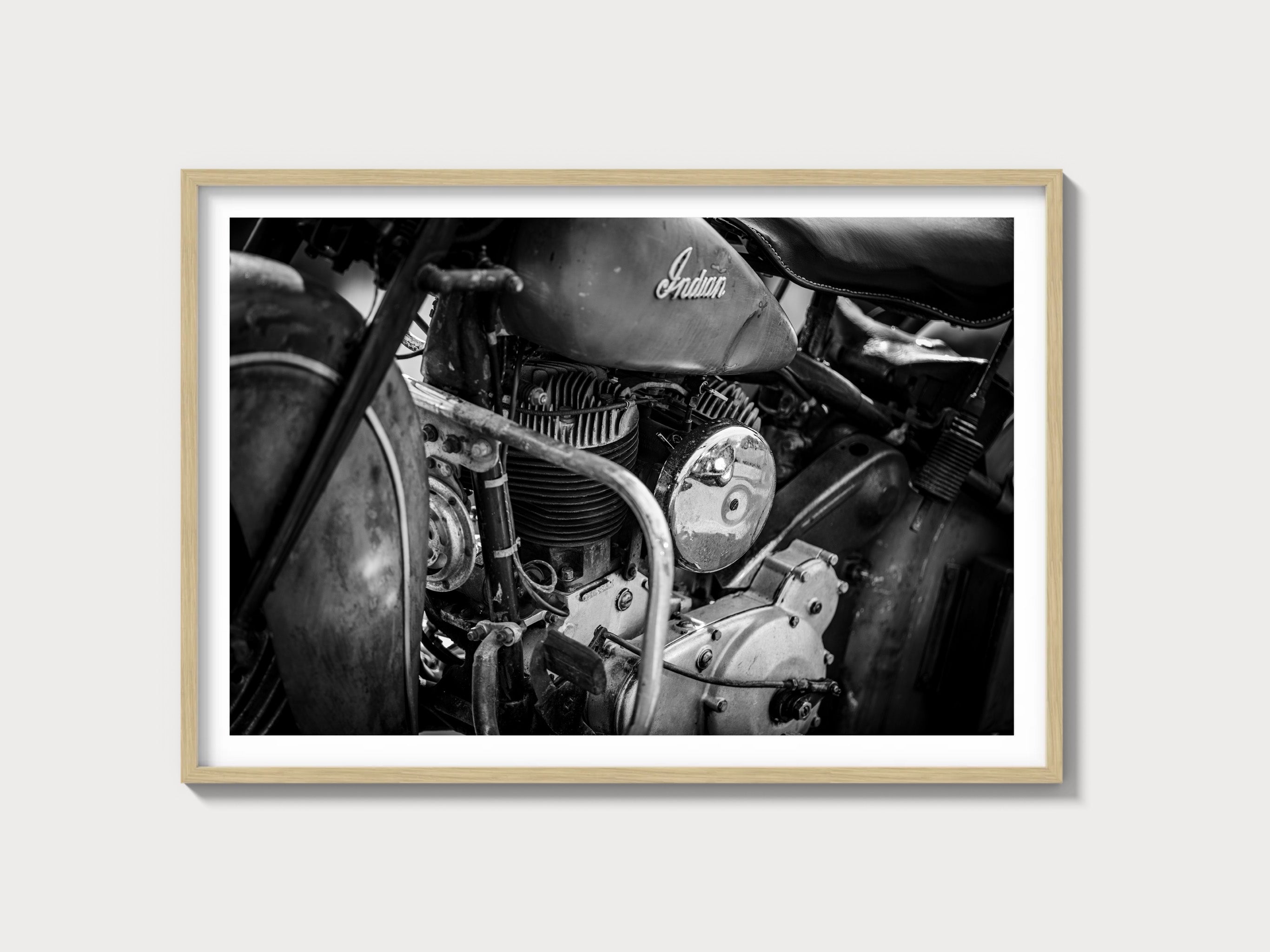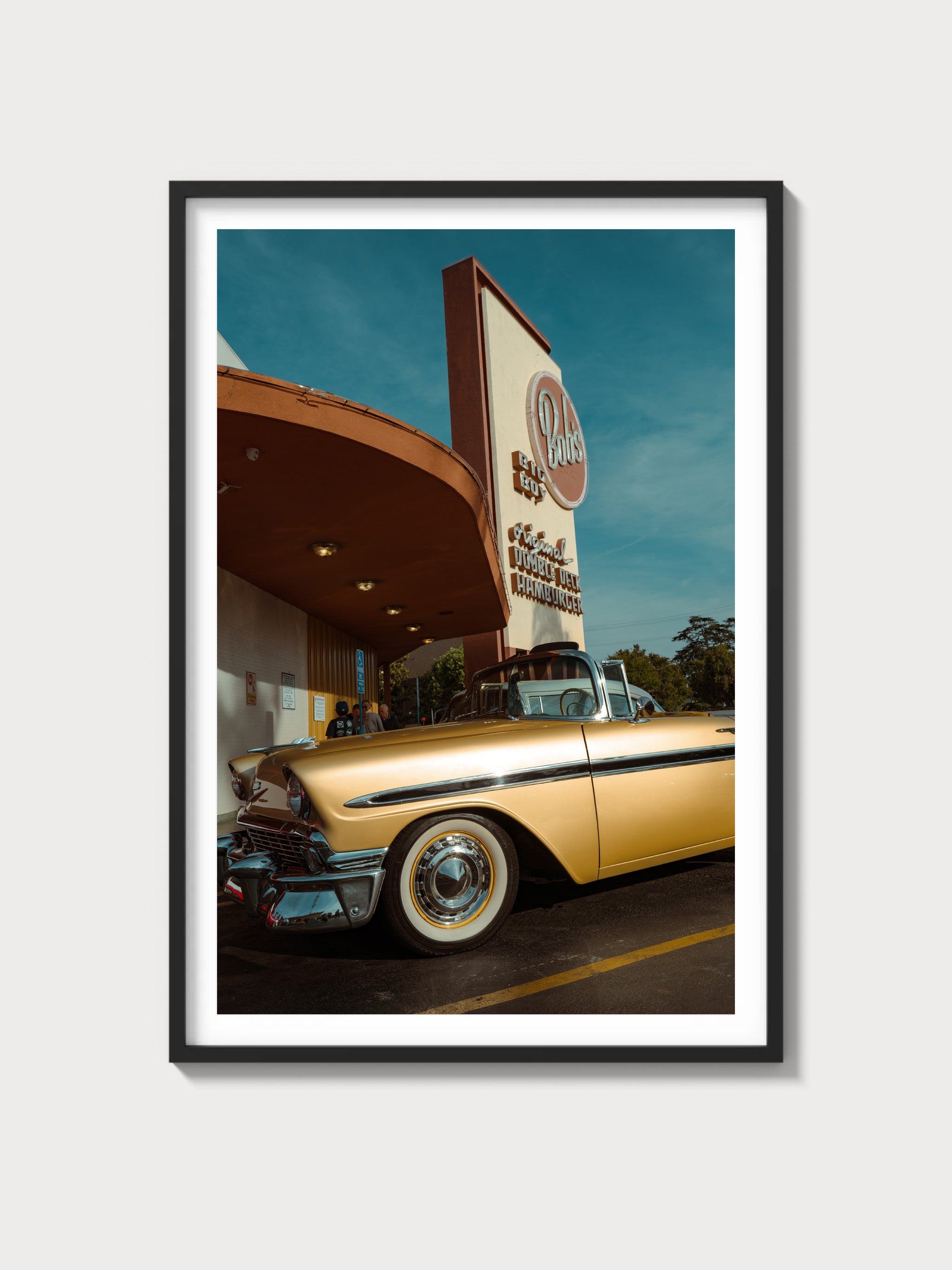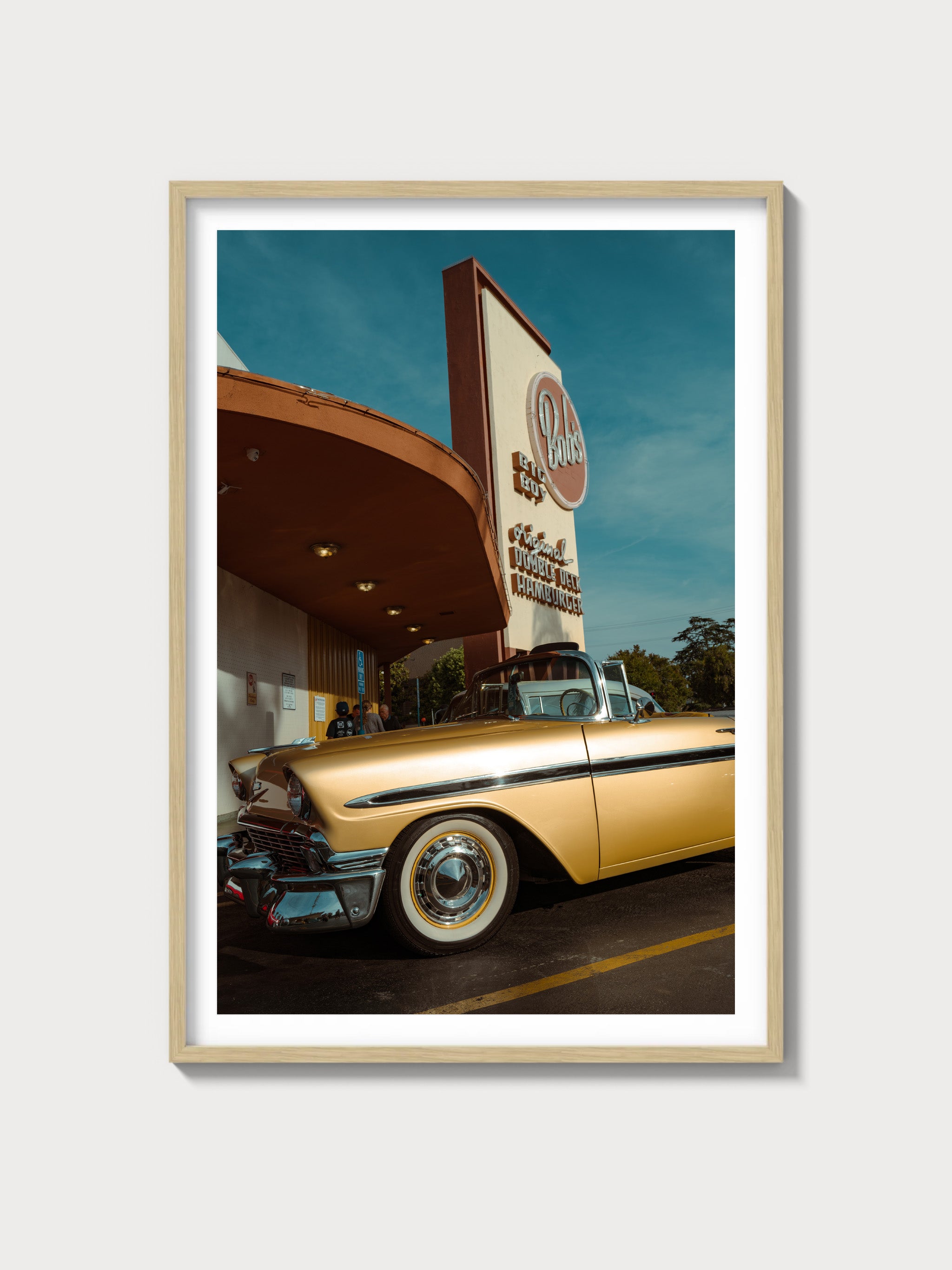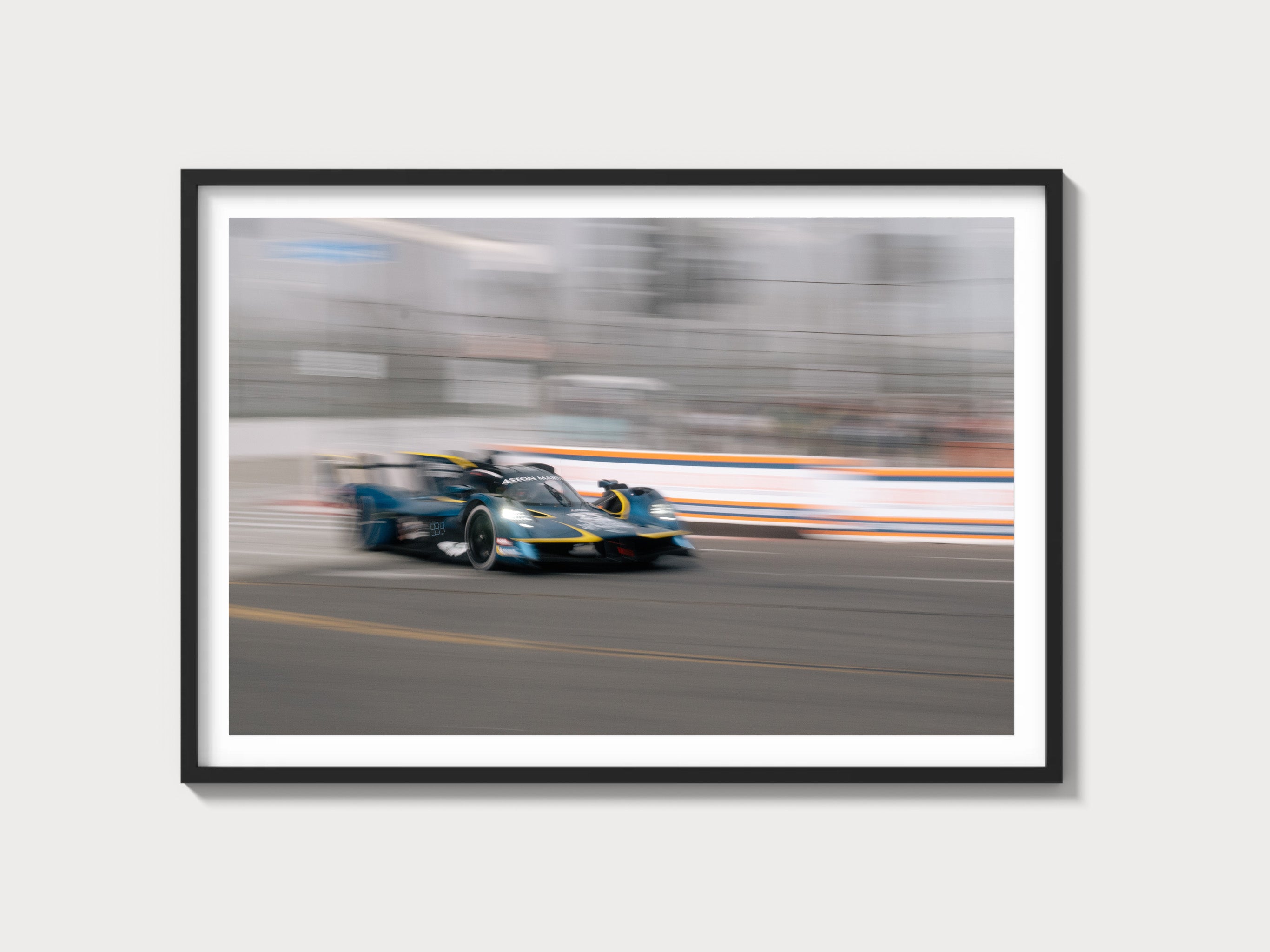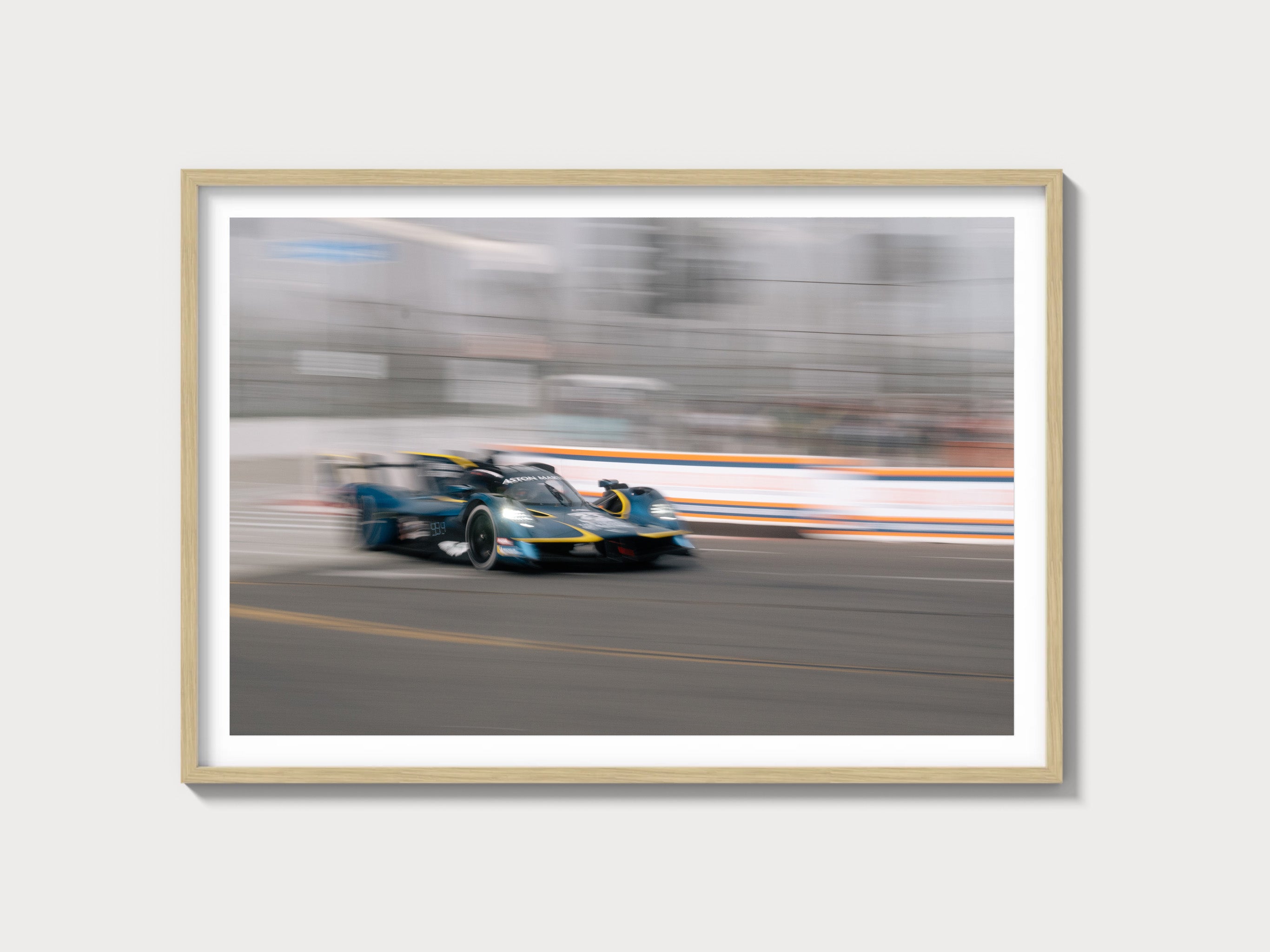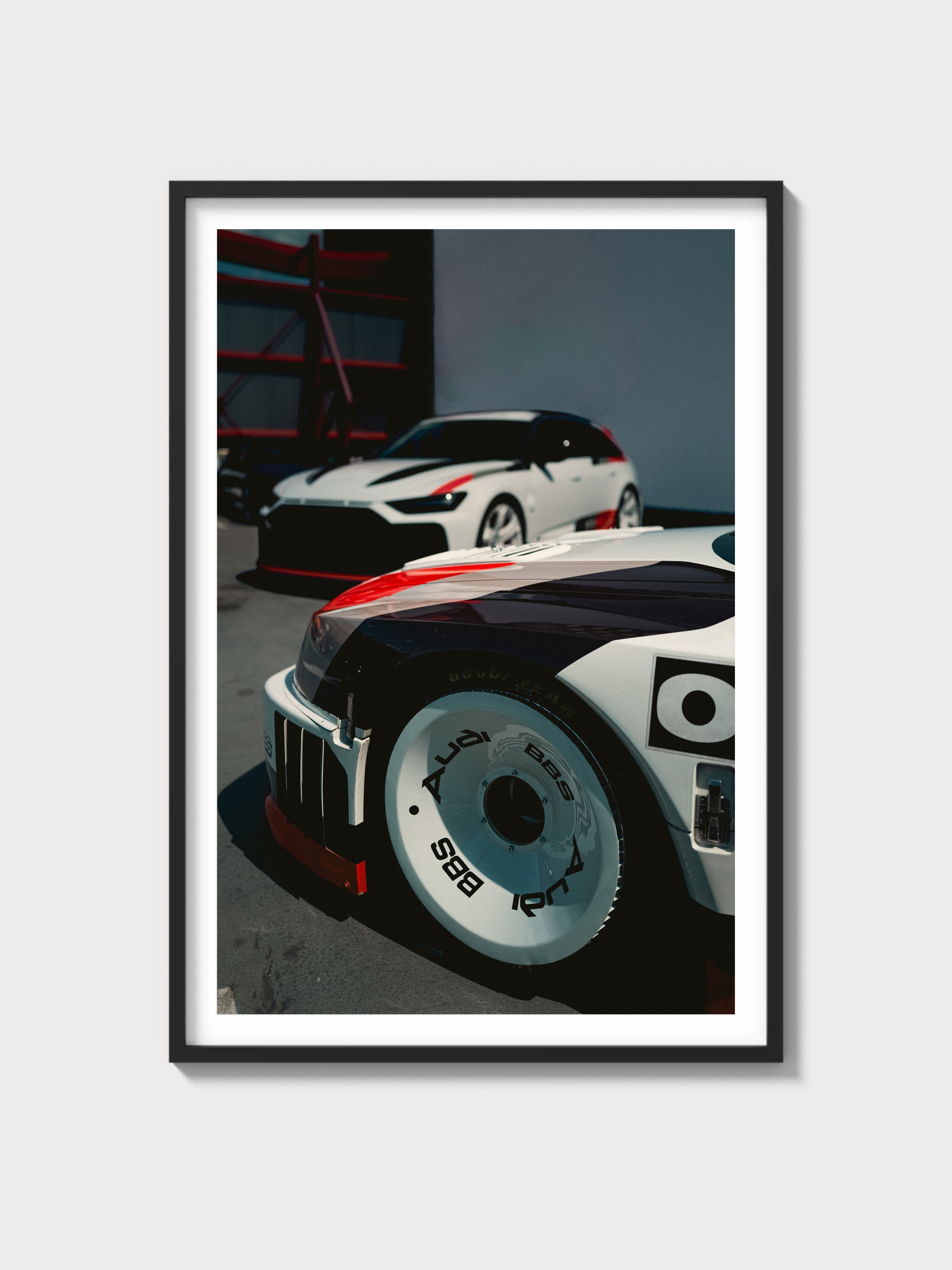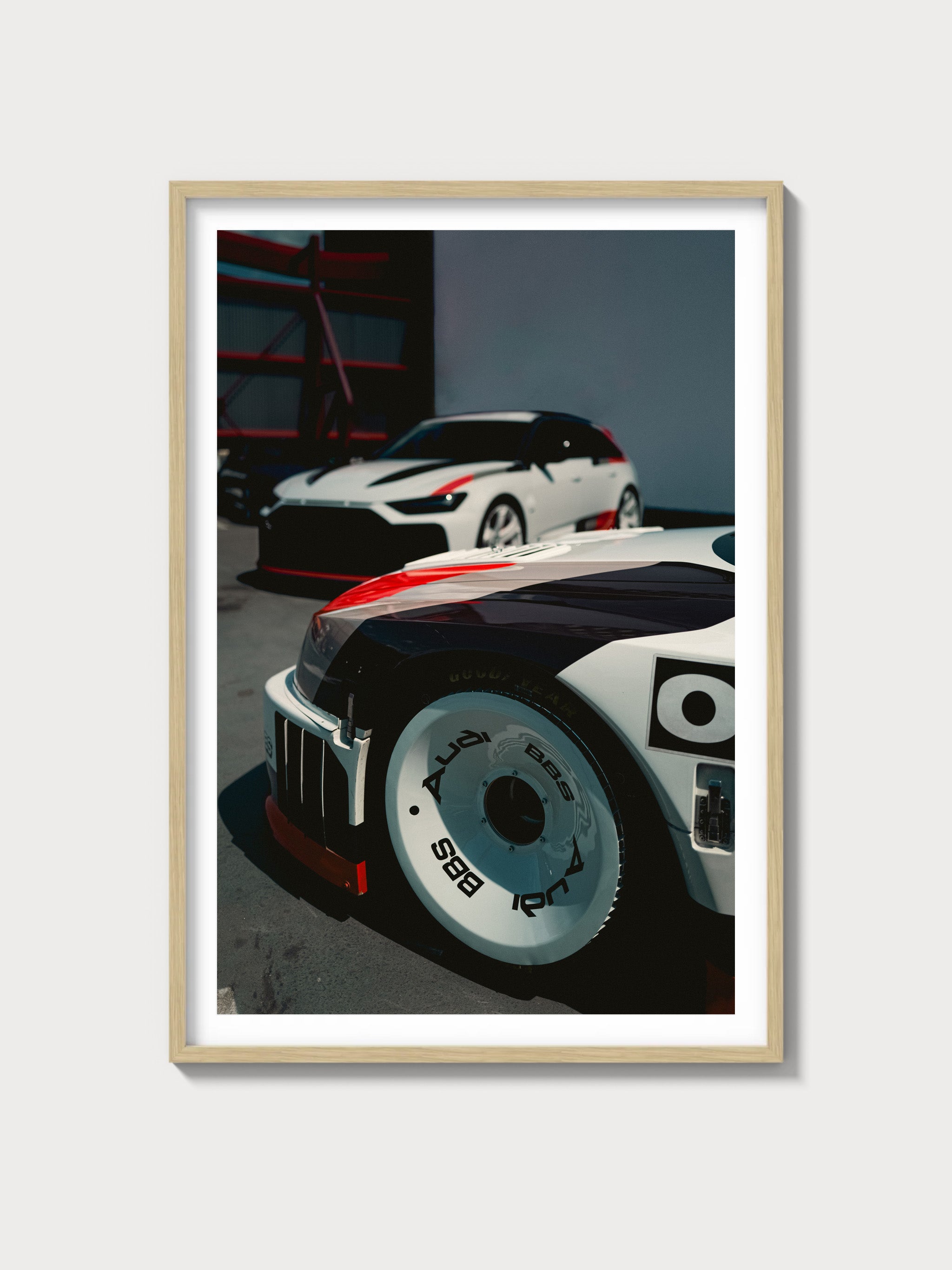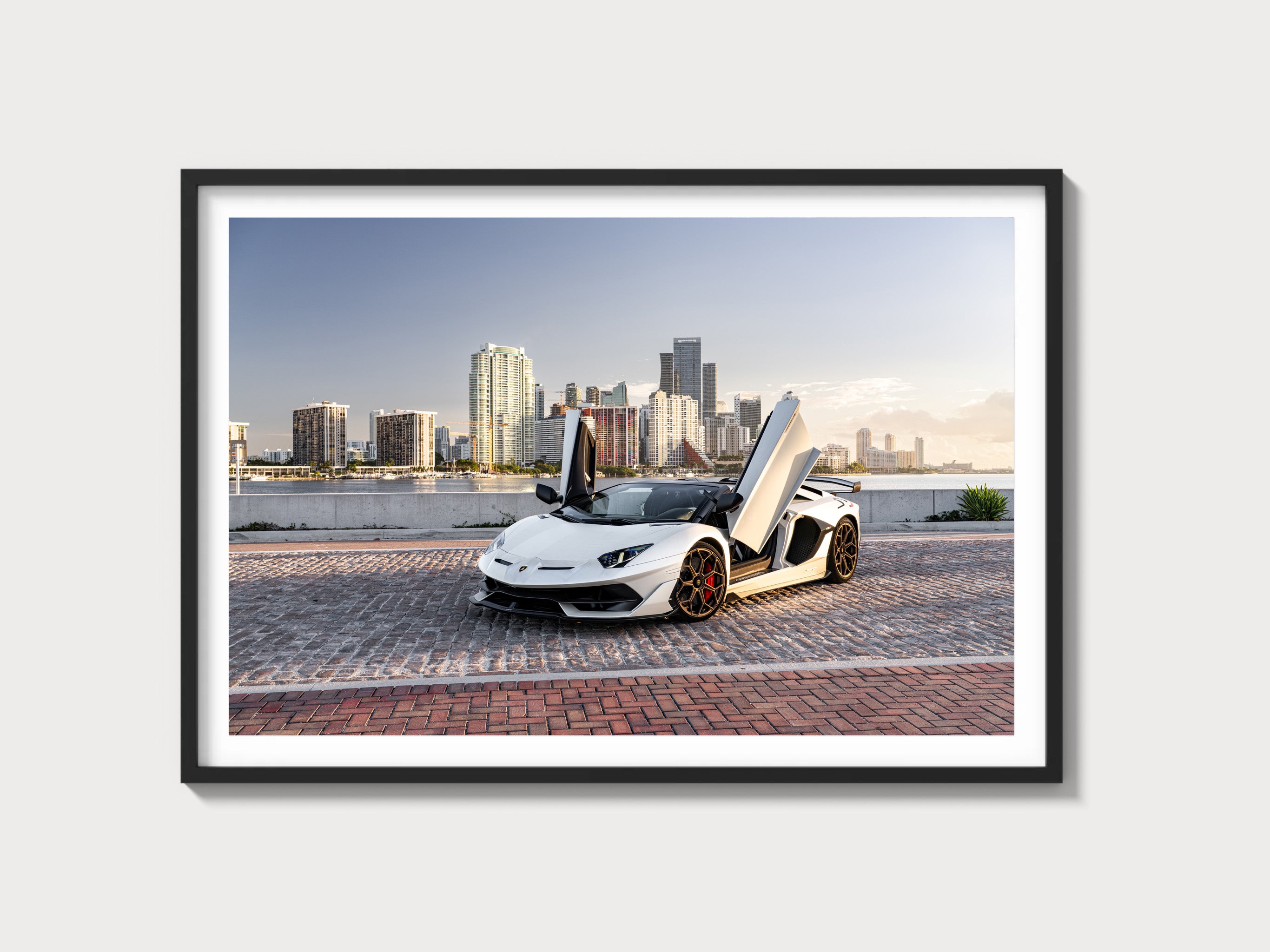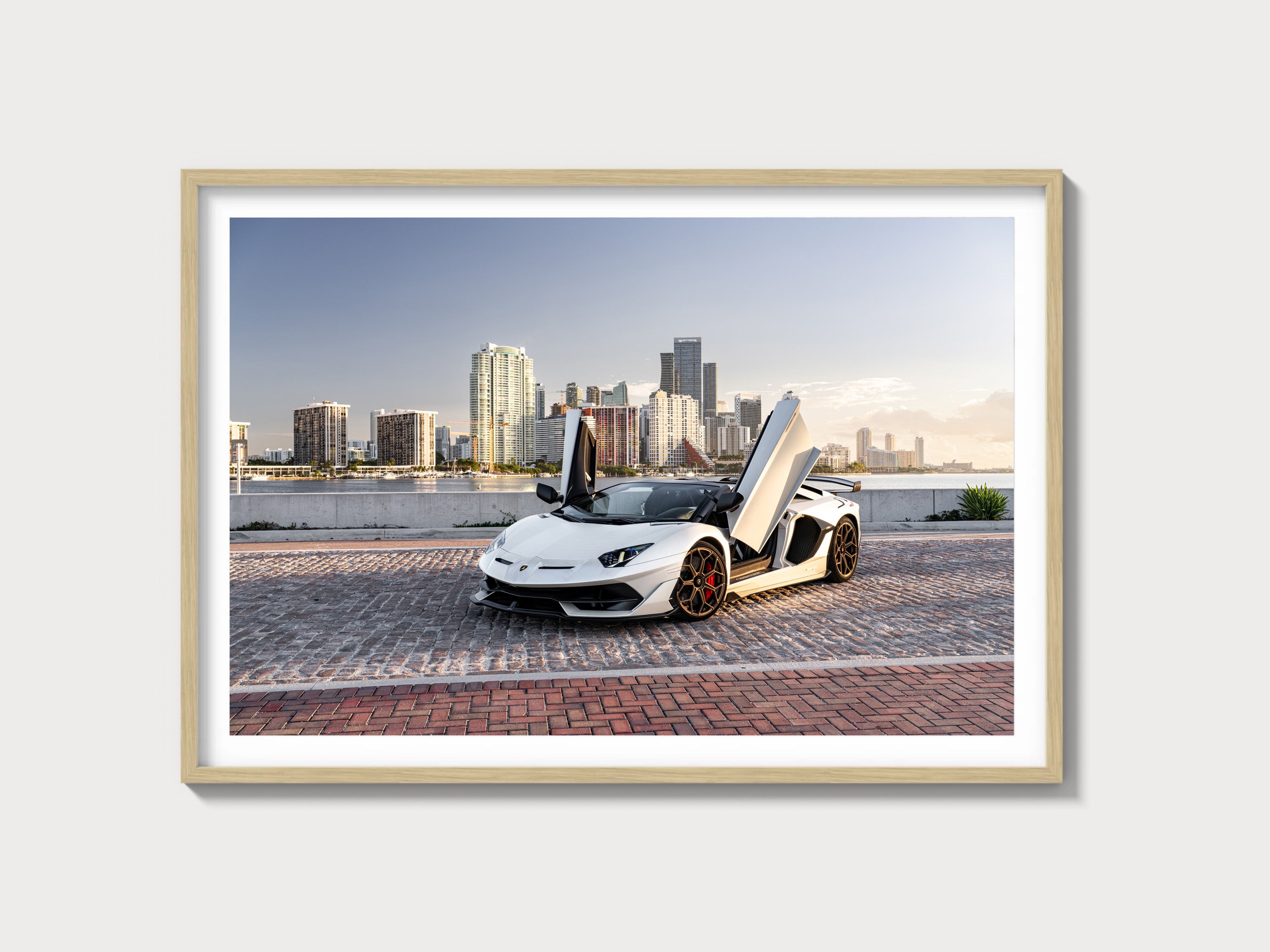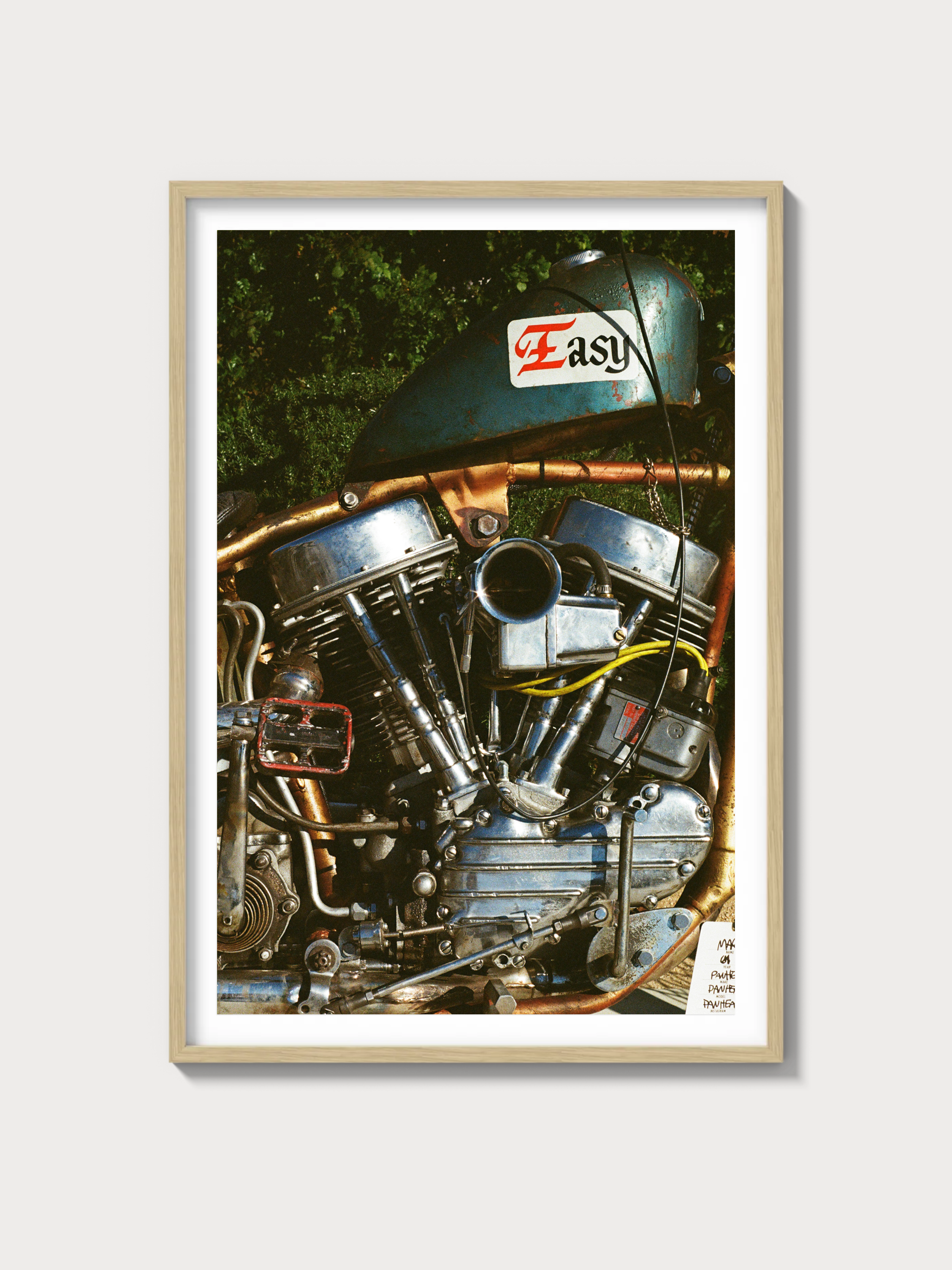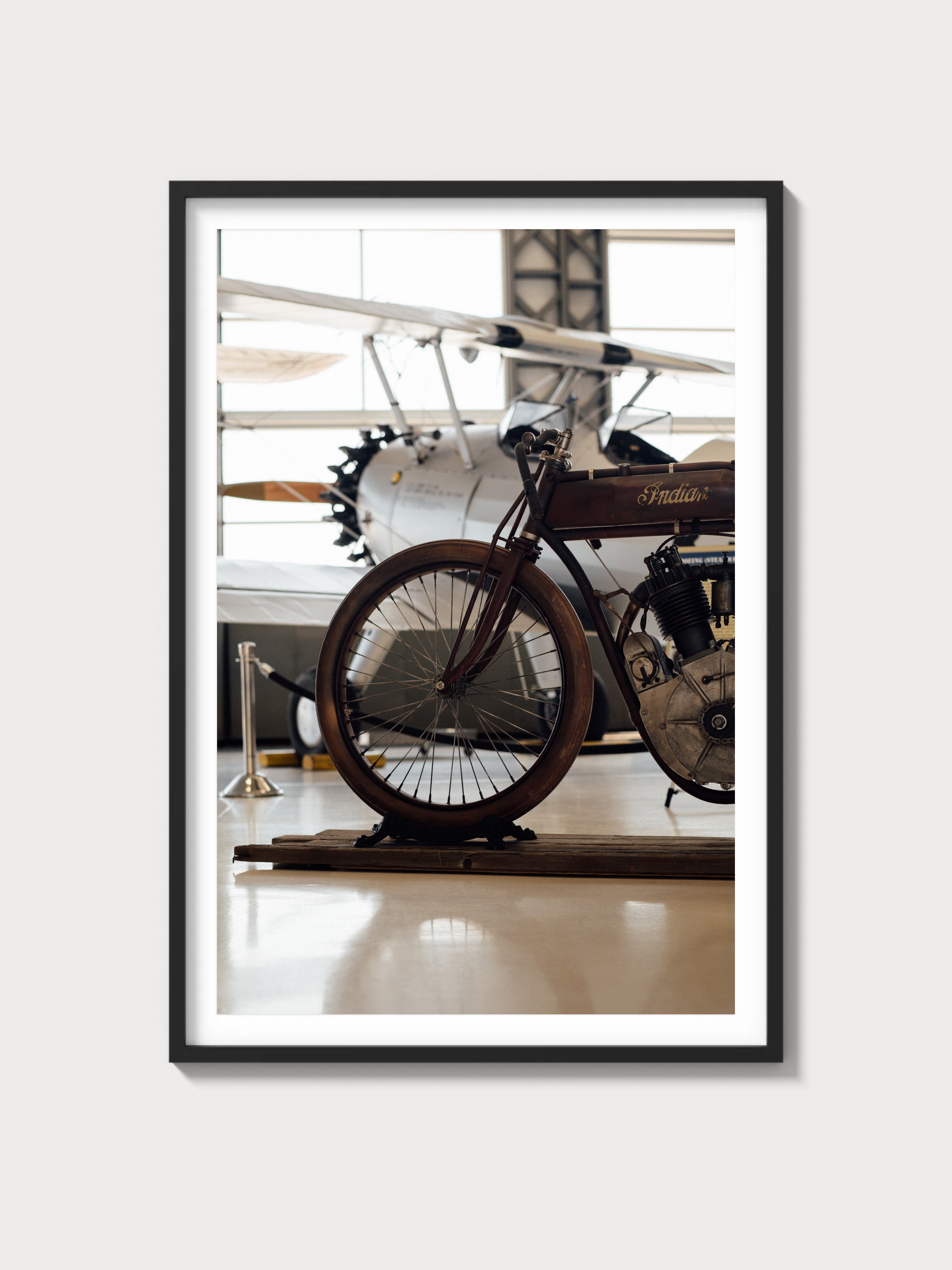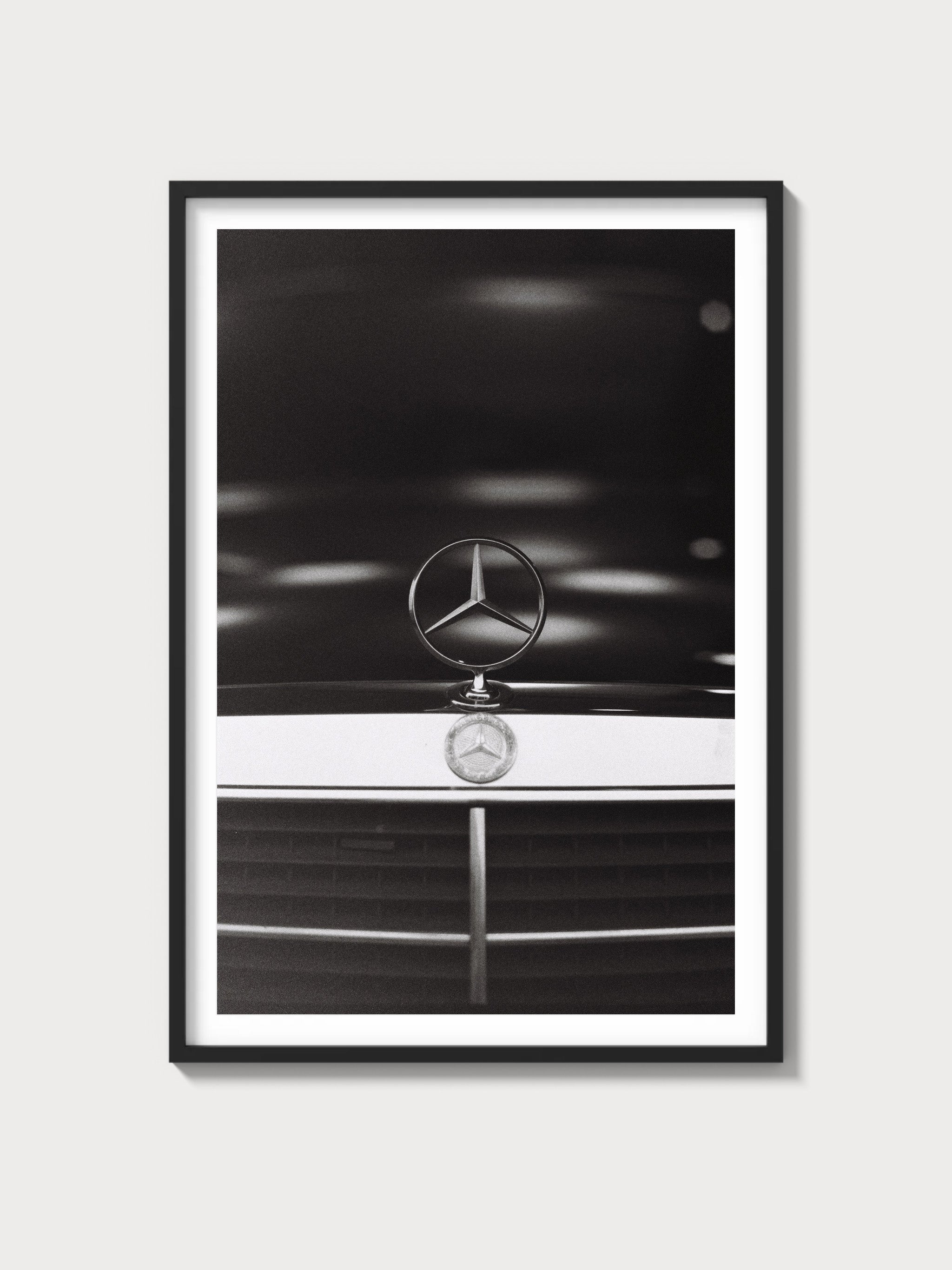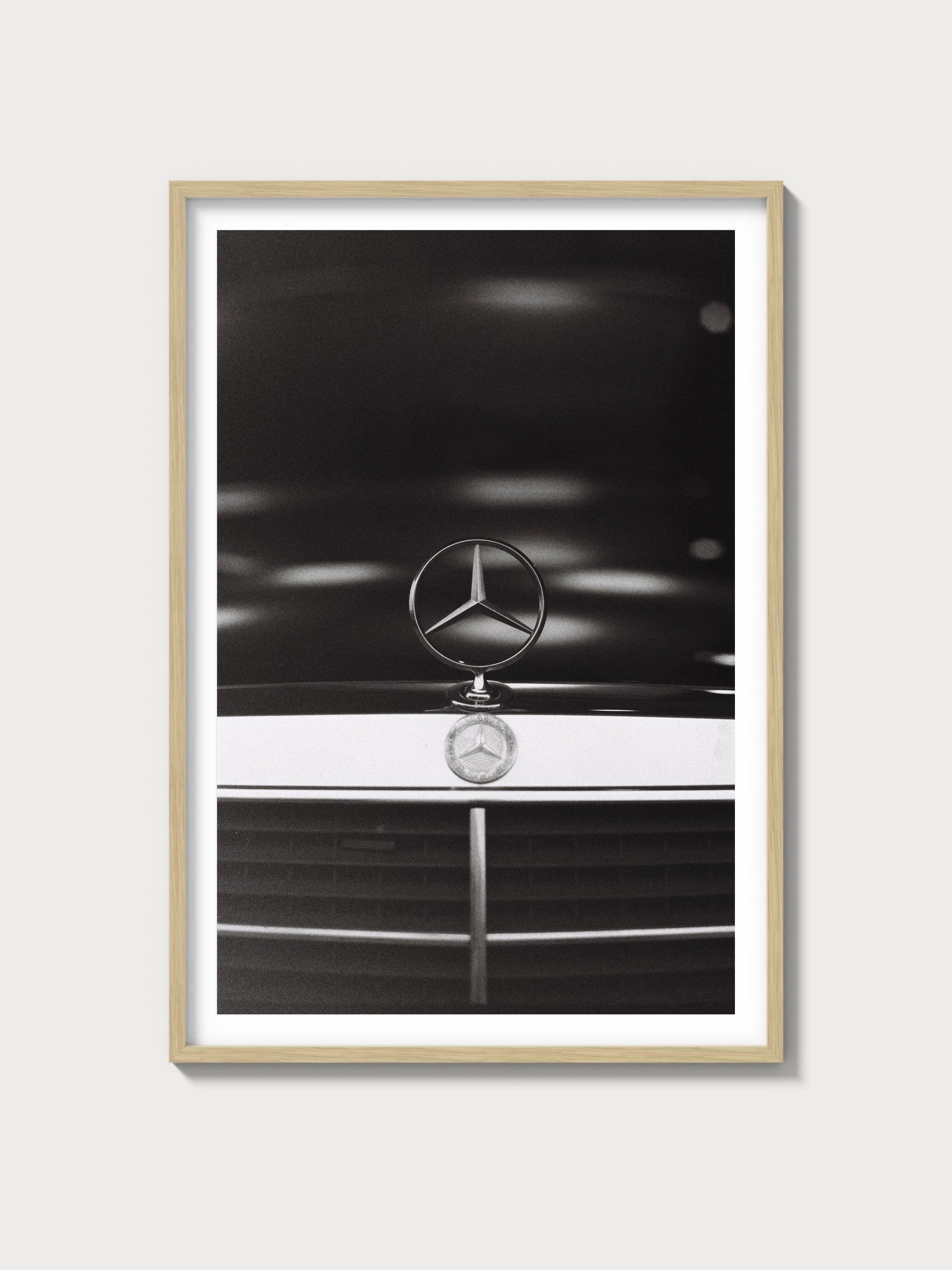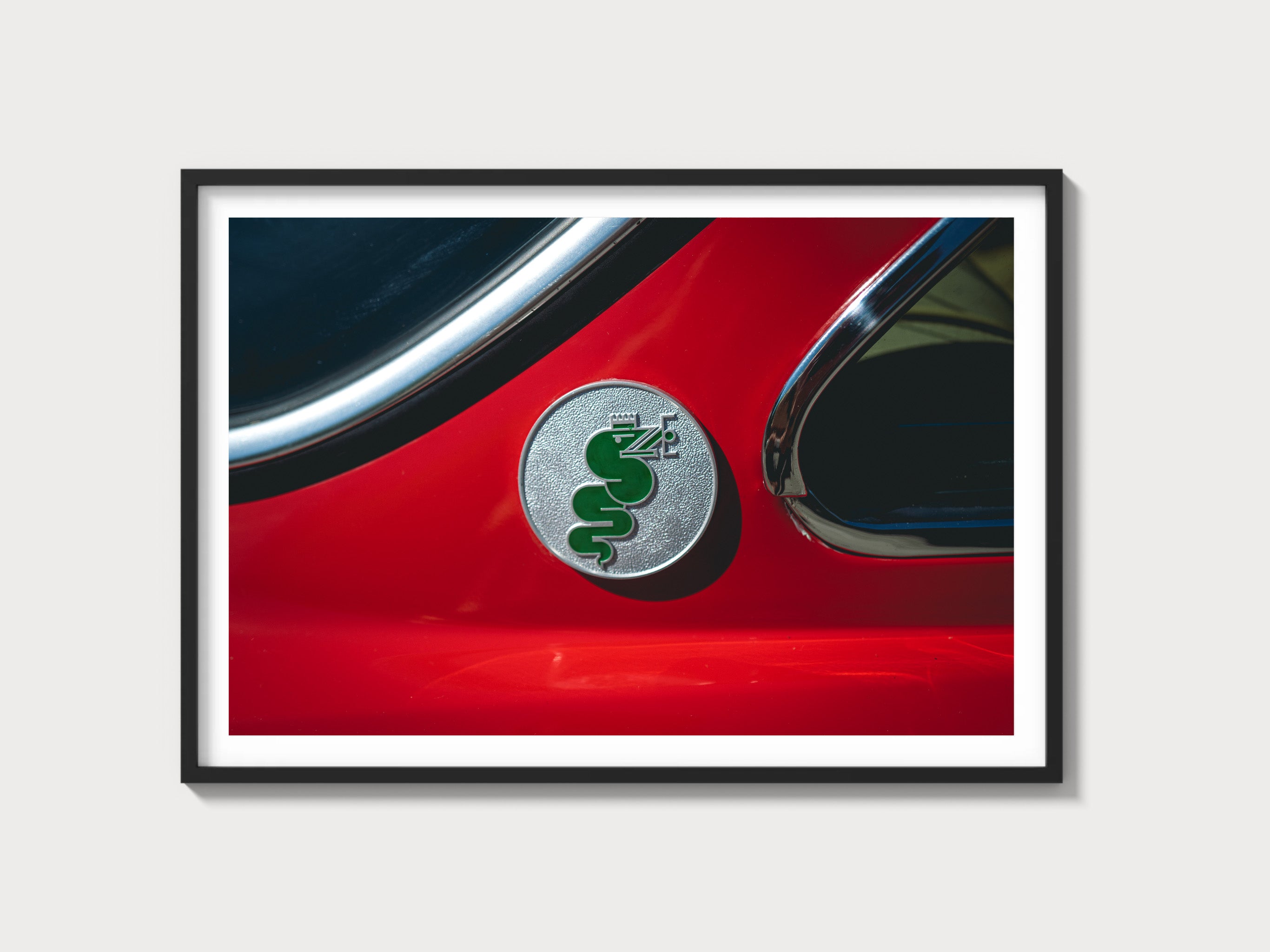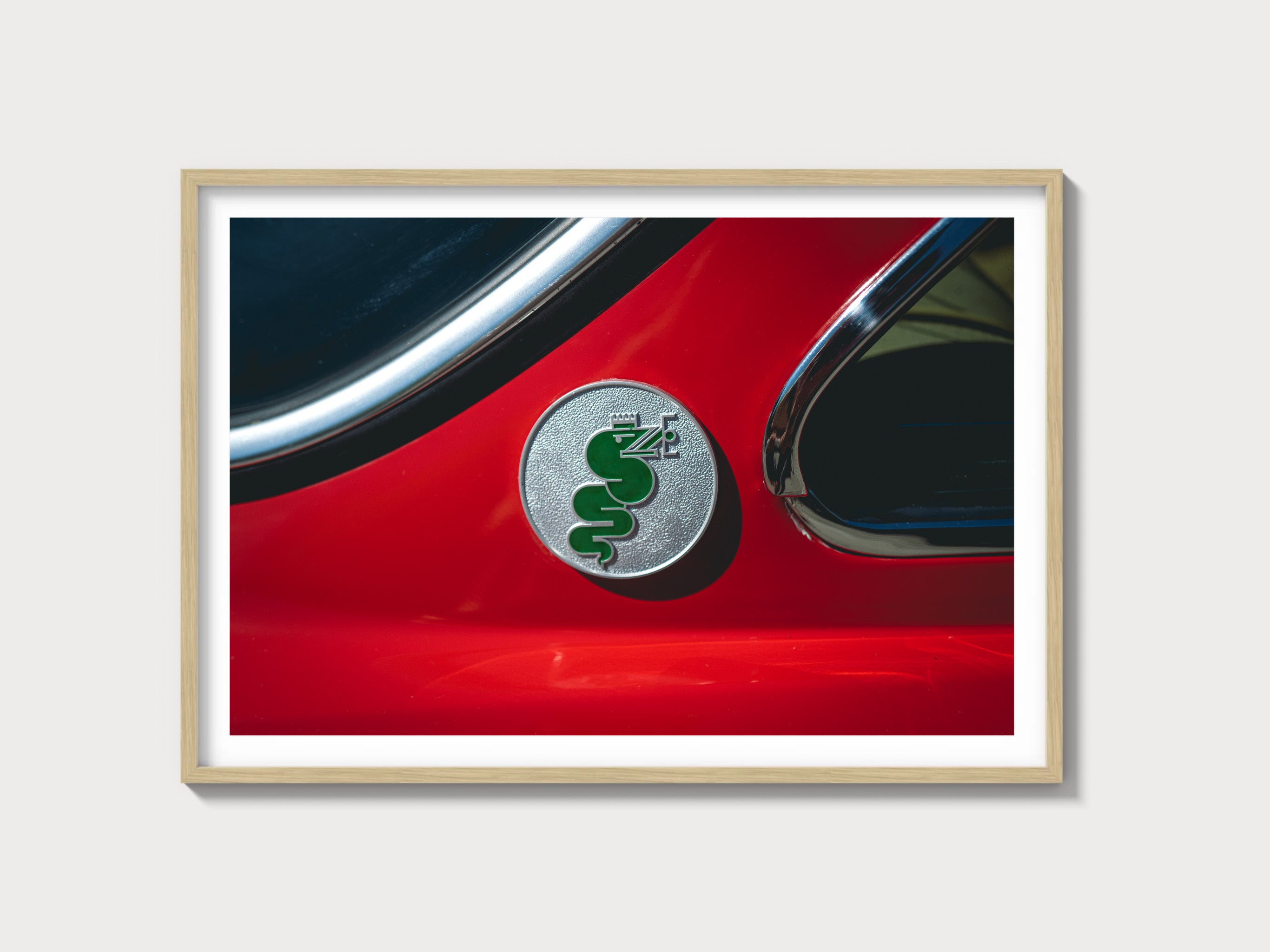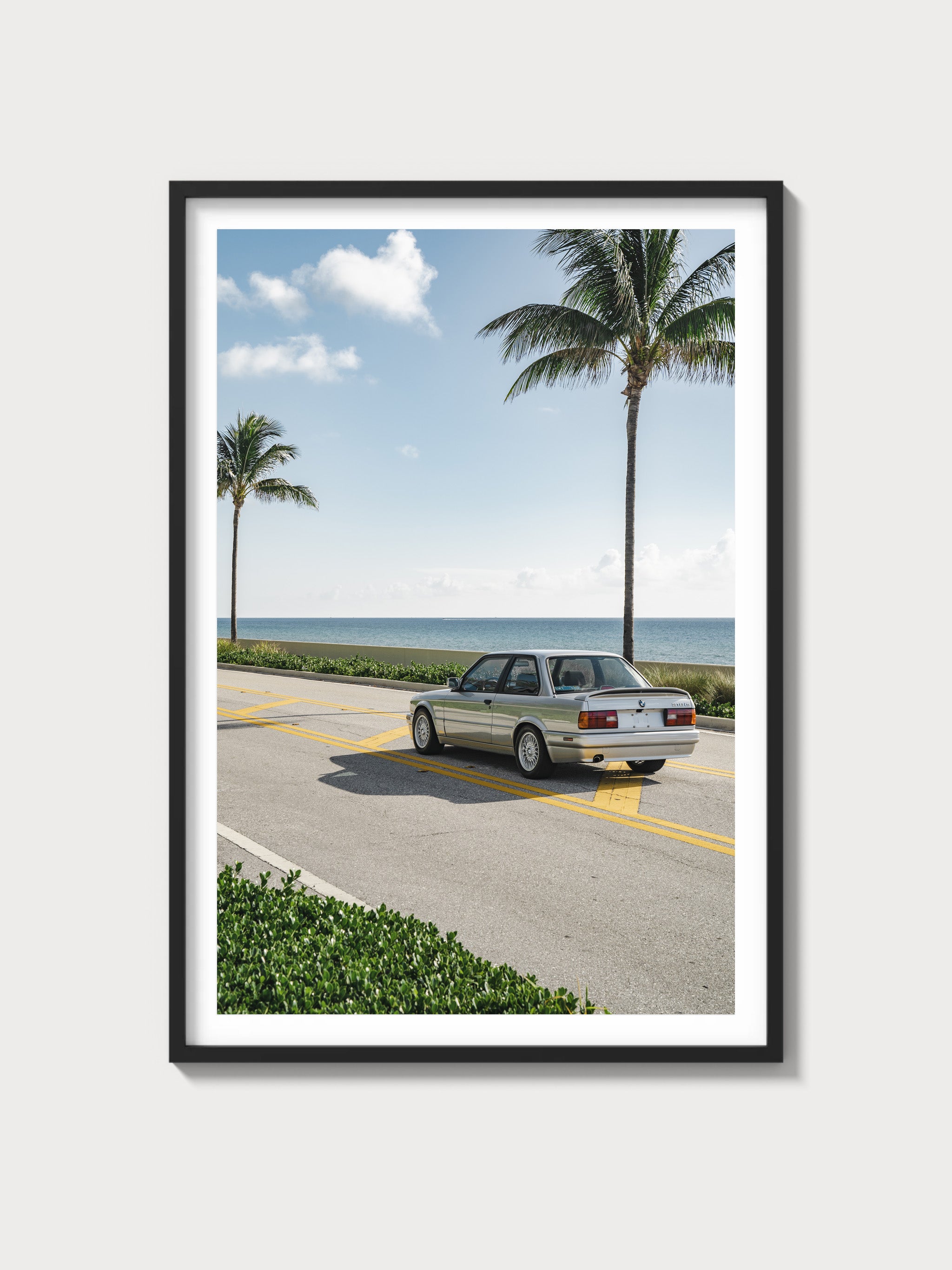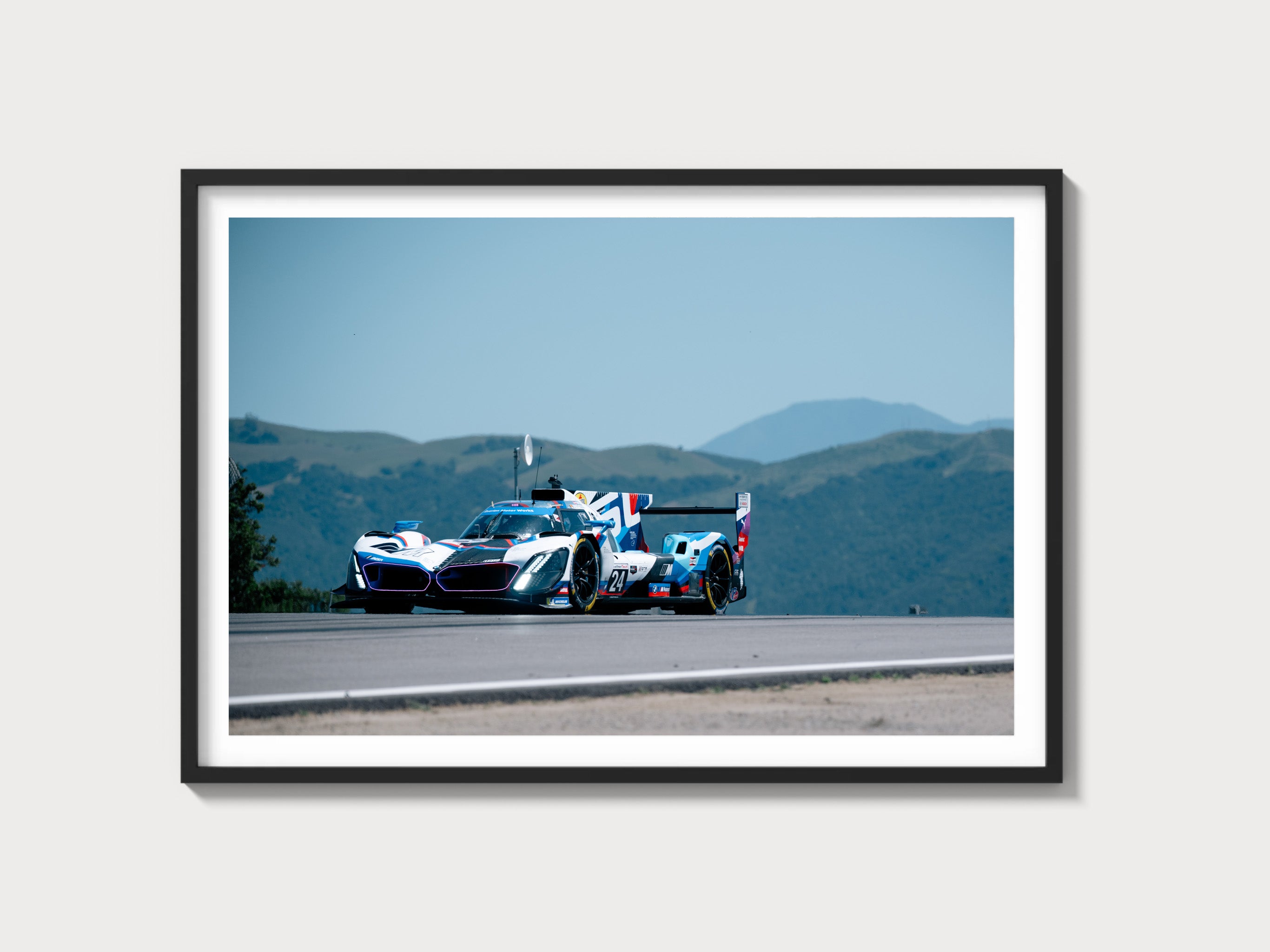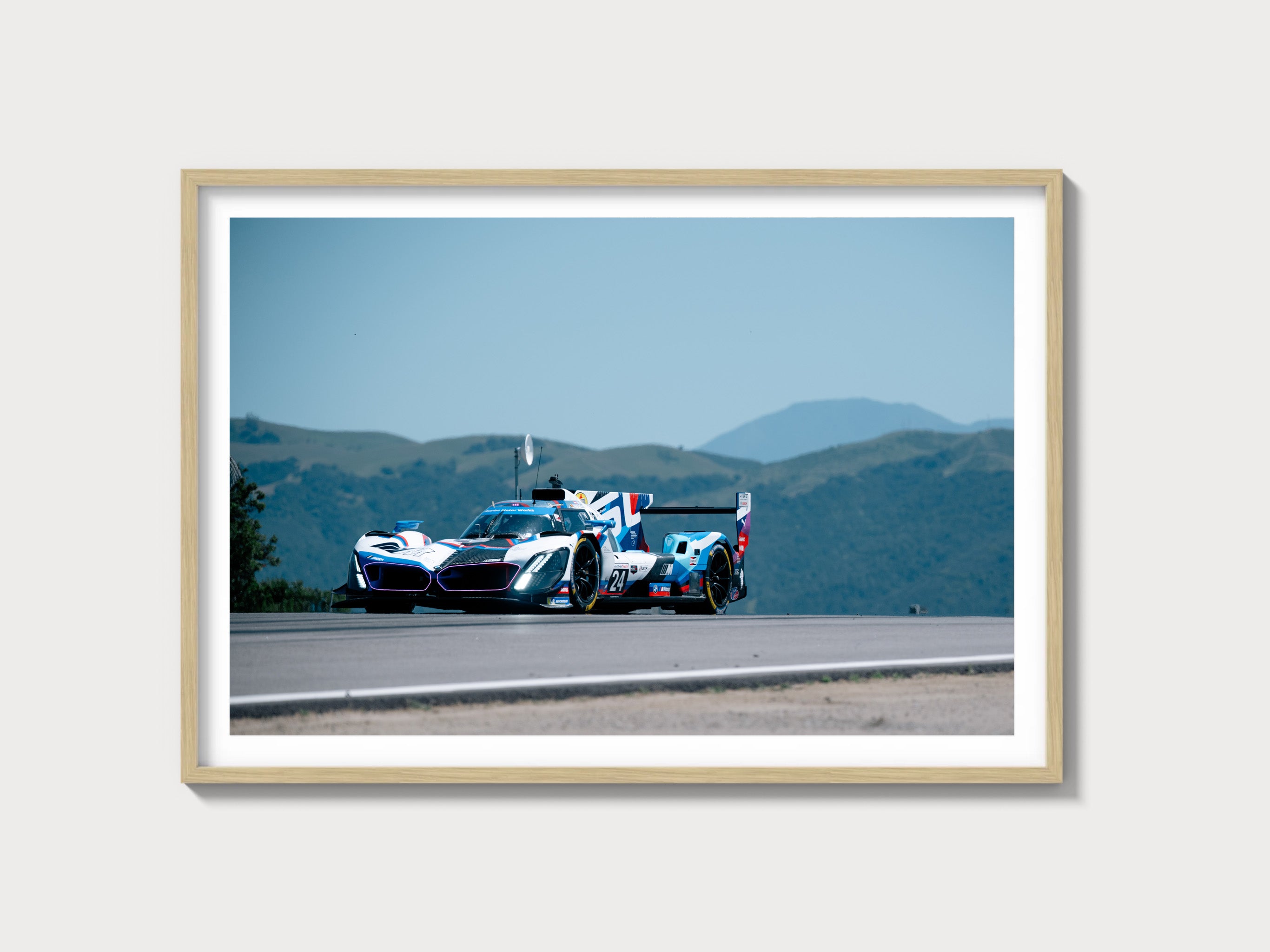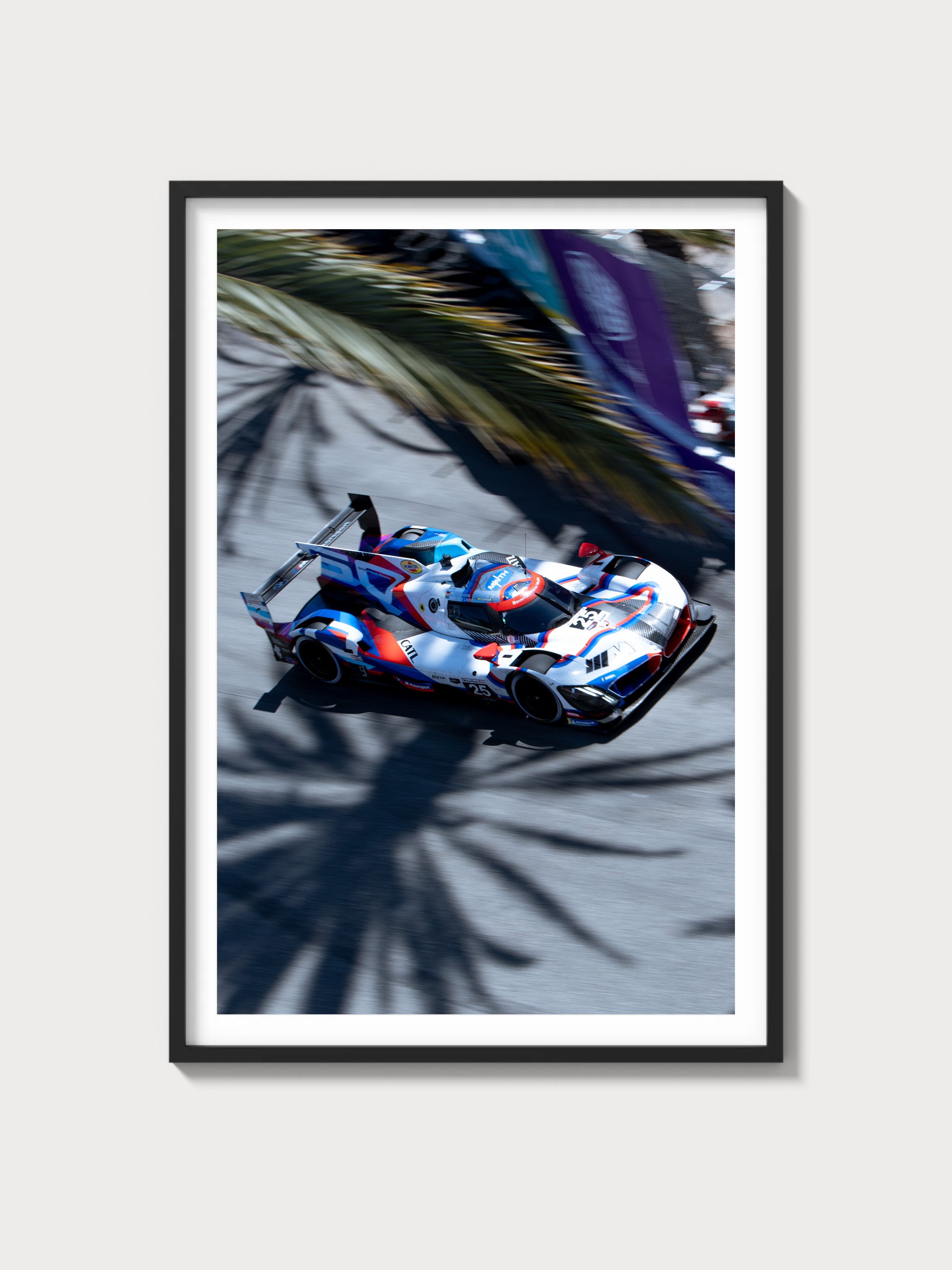Ferrari 500 Superfast: The Definitive History, Specs, and Legacy
Introduction: Ferrari’s Pinnacle of Luxury
In the illustrious lineage of Ferrari’s grand tourers, the 500 Superfast, introduced in 1964, stands as the ultimate expression of luxury—a bespoke masterpiece that fused a mighty 5.0-liter V12 with unmatched opulence. With just 37 units crafted by Pininfarina, this model succeeded the 400 Superamerica, elevating Ferrari’s prestige among the world’s elite. A coupe designed for high-speed touring, it was the final flourish of Ferrari’s Superamerica series, blending power with exquisite craftsmanship.
The year 1964 was a golden age for Ferrari, its racing triumphs—250 GTO, 275 GTB—bolstering road car allure. Unveiled at the 1964 Geneva Motor Show, the 500 Superfast redefined grand touring extravagance. This exhaustive history, penned with a Ferrari historian’s precision, explores its technical prowess, its bespoke styling, its subtle racing ties, and its enduring legacy.
Historical Context: Ferrari’s Luxury Culmination
The Ferrari 500 Superfast emerged during a peak era for Maranello. By 1964, Ferrari’s racing pedigree—275 GTS’s elegance, GTO’s dominance—had cemented its global stature, yet the Superamerica series catered to an ultra-exclusive clientele. The 400 Superamerica’s 51-unit run (1960-1964) set a high bar, but its 4.0L V12 and chassis were ready for a successor. The 500 Superfast, with a larger 5.0L V12 and refined platform, answered, targeting tycoons and royalty seeking unparalleled luxury.
Thirty-seven units were built (1964-1966)—all Pininfarina coupes, each a hand-crafted gem. Chassis 5989SF, the prototype, debuted at Geneva in March 1964, its sleek form echoing the 400’s Superfast variants. This was a car for the world’s elite—Prince Sadruddin Aga Khan owned one—its scarcity reflecting Ferrari’s artisan ethos amid Italy’s 1960s economic boom.
The broader context of 1964 shaped its purpose. America’s luxury market thrived—Cadillac Eldorado, Lincoln Continental—while Europe’s grand tourers evolved. The 500 Superfast bridged Ferrari’s racing DNA with supreme refinement, its V12 tying it to the 410 Superamerica.
Technical Specifications: The Lampredi V12’s Grand Tourer
The Ferrari 500 Superfast’s heart was its 5.0-liter Lampredi V12—a colossal engine built for power and prestige. Below, we dissect its engineering with historian’s detail.
Engine: Lampredi’s 5.0-Liter Majesty
Displacing 4,962 cc (bore 88 mm, stroke 68 mm), the 500’s V12 was a bespoke evolution of the Colombo design, rooted in Lampredi’s lineage. With a single overhead camshaft per bank, an 8.8:1 compression ratio, and triple Weber 40 DCZ/6 carburetors, it produced 400 horsepower at 6,500 rpm—60 hp more than the 400 Superamerica. The aluminum block and heads, wet-sump lubrication, and 60-degree V-angle weighed 320 lbs, delivering 295 lb-ft of torque at 4,750 rpm.
This engine was a luxury titan. Chassis 6673SF, a 1965 model, showcased its effortless power, prioritizing smoothness over racing aggression.
Performance: Regal Velocity
The 500 Superfast reached 174 mph (280 km/h)—verified by Autocar’s 1965 test—matching the 250 GTO, with a 0-60 mph time of ~6.5 seconds. Its power-to-weight ratio (276 hp/ton) surpassed the 400’s 252 hp/ton, balancing heft with speed.
Chassis and Suspension: Plush Stability
The chassis was a tubular steel ladder frame, weighing 1,450 kg (3,197 lbs)—heavier than the 400’s 1,350 kg due to its larger body and luxury fittings. Its 2,650 mm wheelbase (longer than the 400’s 2,550 mm) enhanced ride quality. Front suspension used double wishbones with coil springs, while the rear featured a live axle with semi-elliptic leaf springs (later coils), tuned for a cosseting experience.
Transmission and Brakes: Smooth Power Delivery
A 4-speed manual gearbox with overdrive (some late 5-speeds)—synchronized—drove the rear wheels, its ratios (1st: 2.53, 4th: 0.73 OD) favoring high-speed cruising. Braking relied on 14-inch Dunlop disc brakes, delivering 0.9g deceleration—modern for its class.
| Specification | Details |
|---|---|
| Engine | 5.0L V12, 400 hp @ 6,500 rpm |
| Displacement | 4,962 cc (88 mm x 68 mm) |
| Top Speed | ~174 mph (280 km/h) |
| 0-60 mph | ~6.5 seconds |
| Weight | 1,450 kg (3,197 lbs) |
| Transmission | 4-speed manual with overdrive (some 5-speed) |
| Suspension (Front) | Double wishbone, coil springs |
| Suspension (Rear) | Live axle, semi-elliptic leaf springs (coils late) |
| Brakes | Hydraulic discs, 14-inch |
Design and Styling: Pininfarina’s Luxurious Form
The Ferrari 500 Superfast’s aesthetic was a pinnacle of bespoke luxury, crafted by Pininfarina.
Exterior: Majestic Proportions
Pininfarina built all 37 coupes—chassis 5989SF featured a wide grille, flowing fenders, and a panoramic rear window, finished in Grigio Fumo. Later units (e.g., 8897SF) added subtle chrome accents. The 2,650 mm wheelbase stretched its silhouette, with steel bodies and aluminum hoods enhancing elegance.
Interior: Opulent Sanctuary
The cabin was a plush retreat: Connolly leather seats (tan or black), a wood-rimmed steering wheel, and Veglia gauges—tachometer (7,000 rpm redline), speedometer, oil pressure. Bespoke touches—6673SF’s burled walnut dash—set it apart from the 400, offering unmatched refinement.
Production and Variants: A Limited Dynasty
The Ferrari 500 Superfast’s 37-unit run (1964-1966) was a bespoke triumph—all Pininfarina coupes, with early 4-speed and late 5-speed transmissions. Chassis 5989SF launched the series, while 8897SF closed it, marking the end of Ferrari’s Superamerica line. No convertibles or racing variants existed—its focus was pure luxury.
Performance and Racing Legacy: A Tourer’s Might
The Ferrari 500 Superfast racing history is negligible, its luxury ethos paramount. Chassis 6049SF hit 180 mph in factory tests, hinting at potential, but no competitive outings ensued. Its realm was the grand tour—Autostrada, Pacific Coast Highway—where its 174 mph top speed and serene handling excelled.
Ownership and Market Value: A Regal Relic
The Ferrari 500 Superfast value reflects its exclusivity and grandeur. Early owners included the Shah of Iran (6673SF) and Peter Sellers. Today, prices range $2-3 million—chassis 5989SF sold for $2.5 million at Gooding & Co. 2023. Restoration costs—V12 rebuilds at $150,000—underscore its prestige.
Cultural Impact: Ferrari’s Luxury Finale
The 500 Superfast capped Ferrari’s Superamerica legacy, its 5.0L V12 and Pininfarina design a swan song for Maranello’s golden age luxury. In 1960s lore, it’s the car of monarchs and magnates, a testament to Ferrari’s bespoke artistry.
Comparisons: Ferrari 500 Superfast vs Rivals
The Ferrari 500 Superfast vs Rolls-Royce Silver Cloud III pits 400 hp V12 against 220 hp V8—Ferrari led in speed, Rolls in opulence. The Maserati Quattroporte (260 hp) trailed in power but matched in exclusivity.
| Model | Engine | Power | Weight | Top Speed |
|---|---|---|---|---|
| Ferrari 500 Superfast | 5.0L V12 | 400 hp | 1,450 kg | ~174 mph |
| Rolls-Royce Silver Cloud III | 6.2L V8 | 220 hp | 2,110 kg | ~117 mph |
| Maserati Quattroporte | 4.1L V8 | 260 hp | 1,750 kg | ~143 mph |
Frequently Asked Questions
What was the Ferrari 500 Superfast?
A 1964 5.0L V12 grand tourer.
How many were made?
37 units.
What engine powered it?
4,962 cc Lampredi V12, 400 hp.
Did it race?
No—built for luxury touring.
What’s its value?
$2-3 million.

